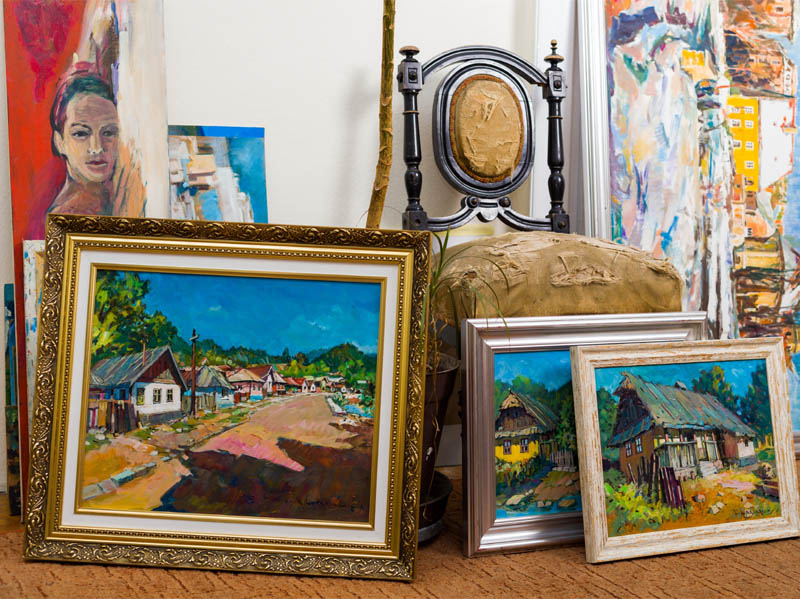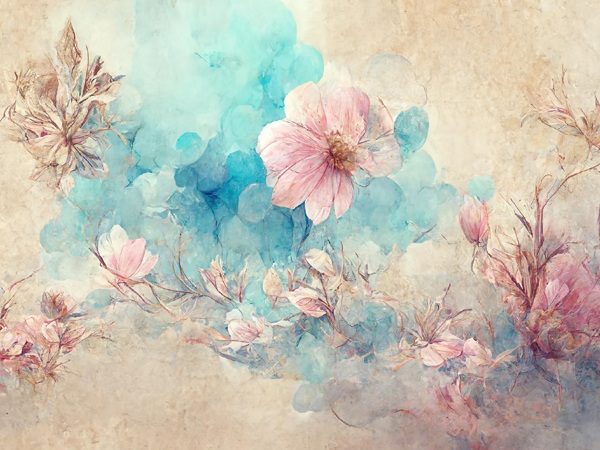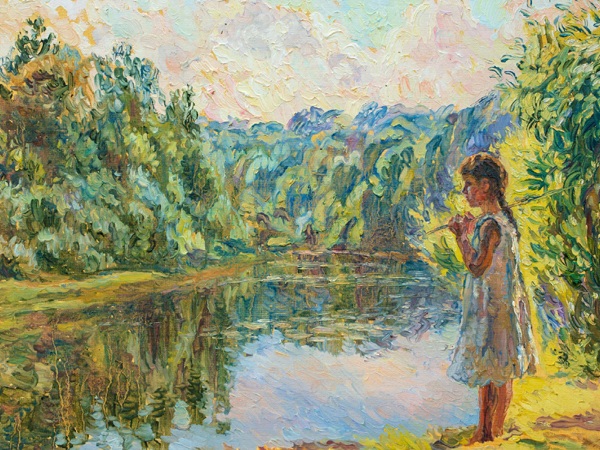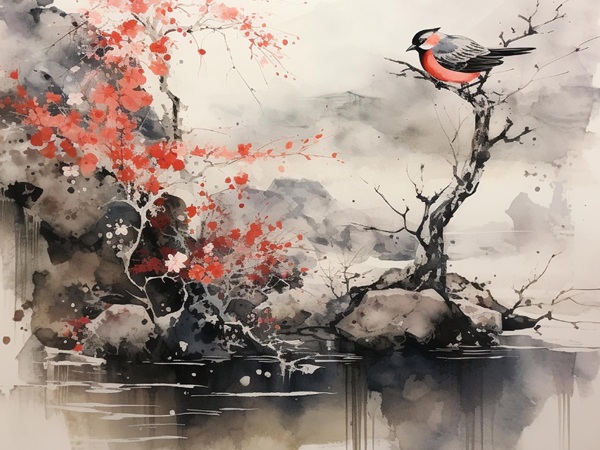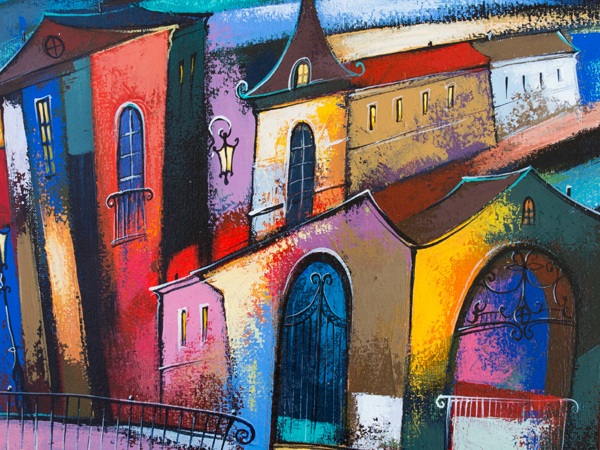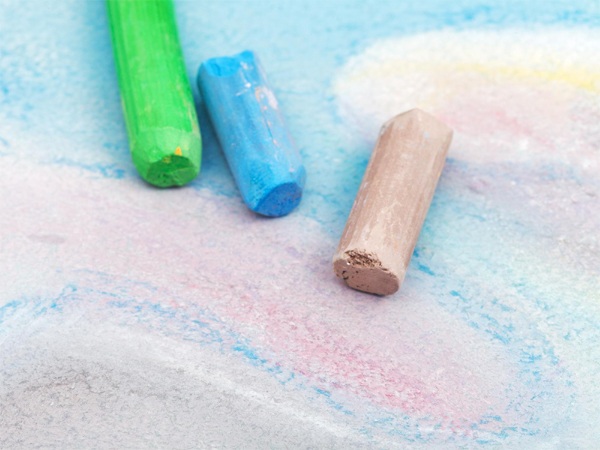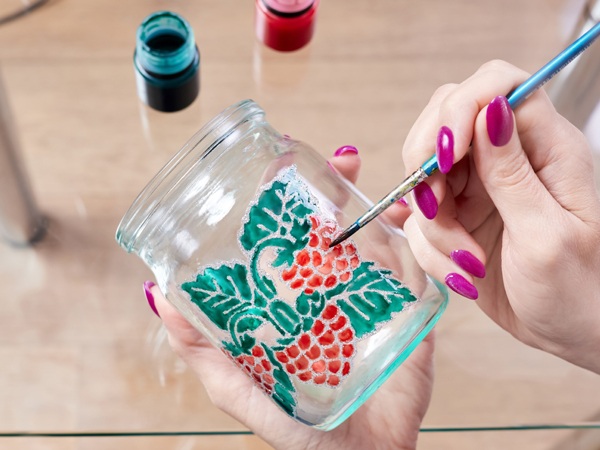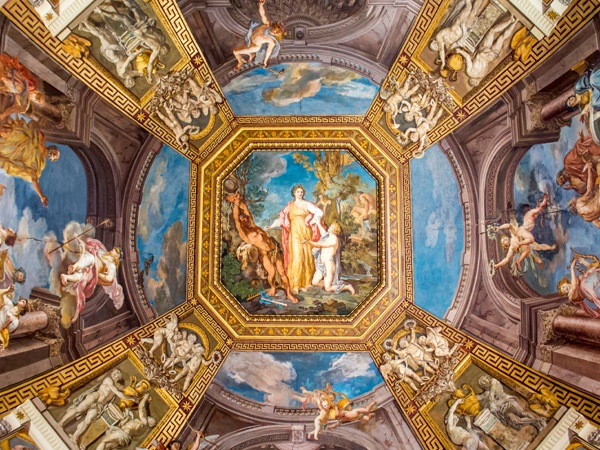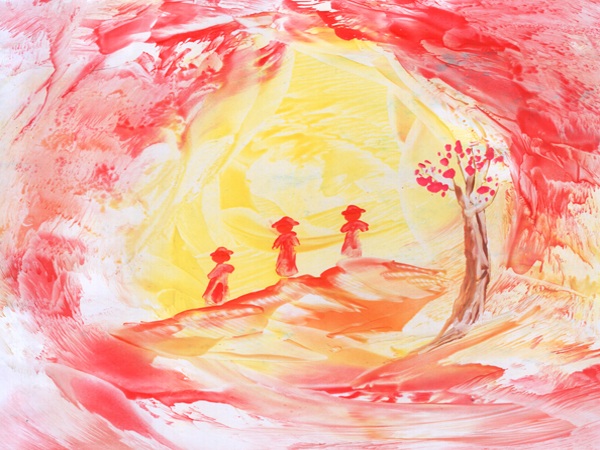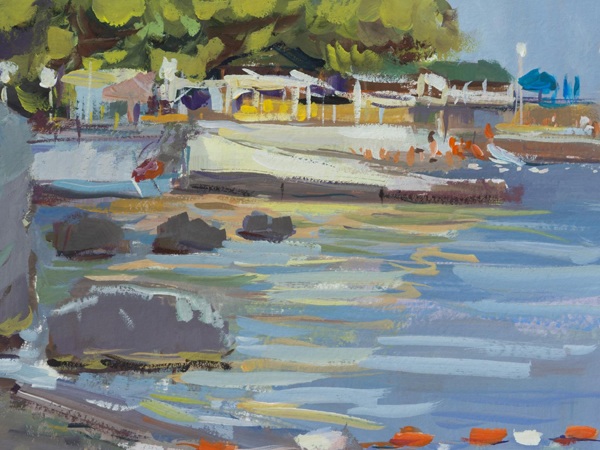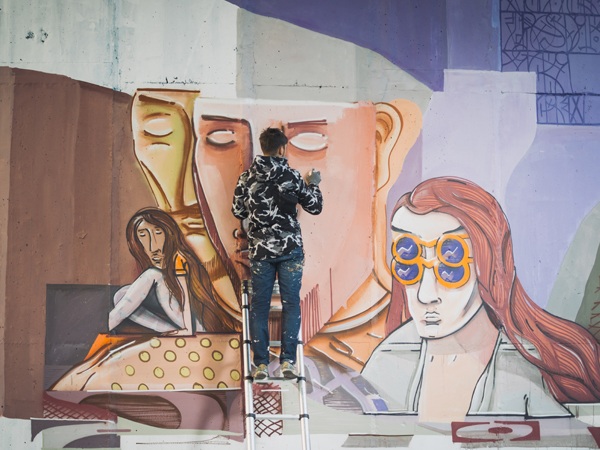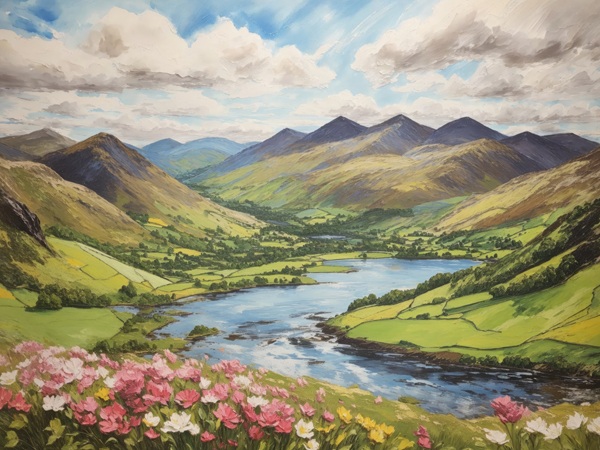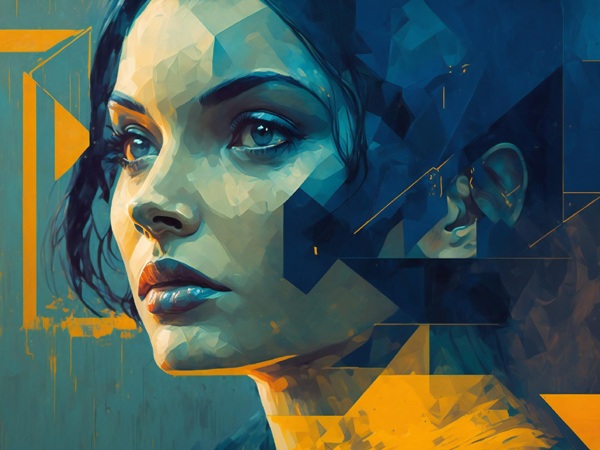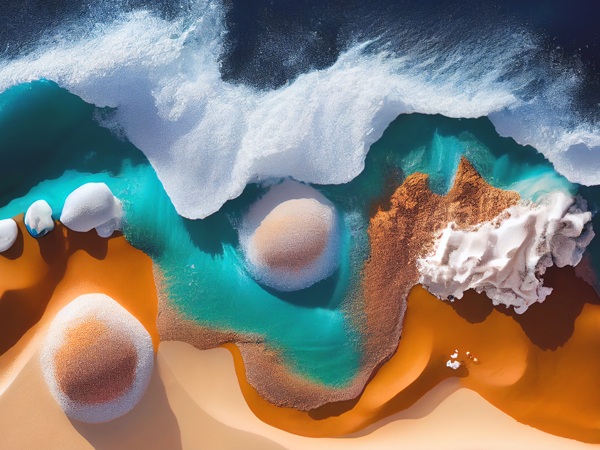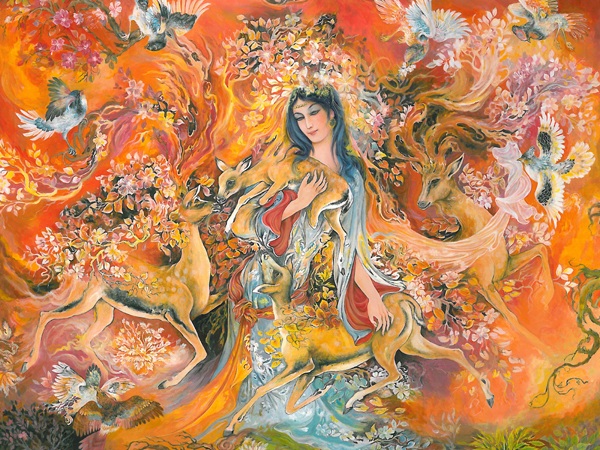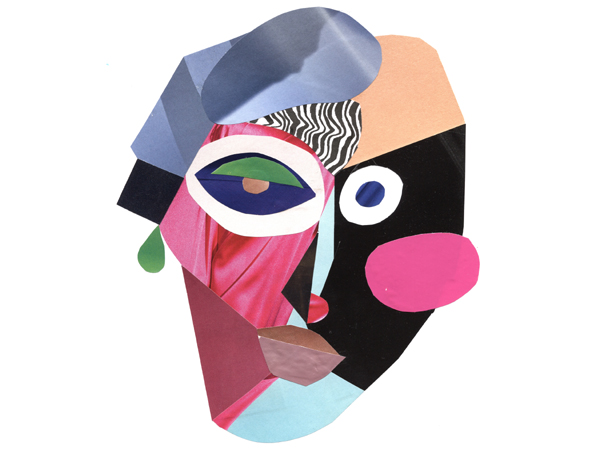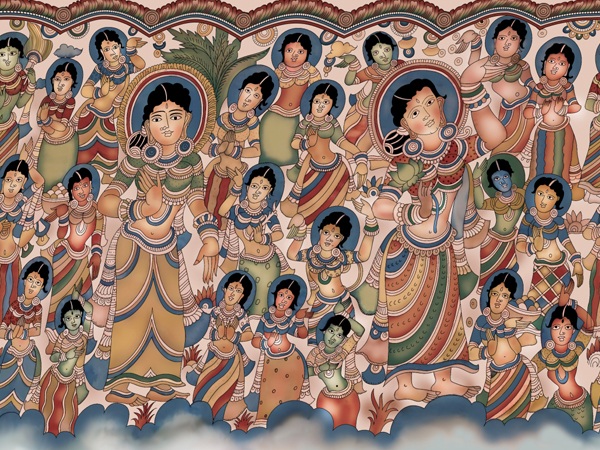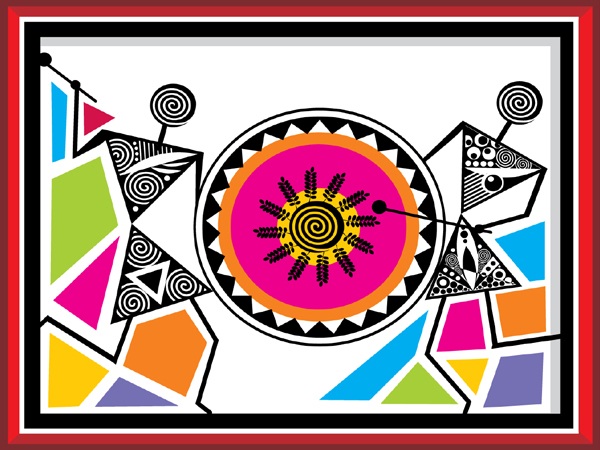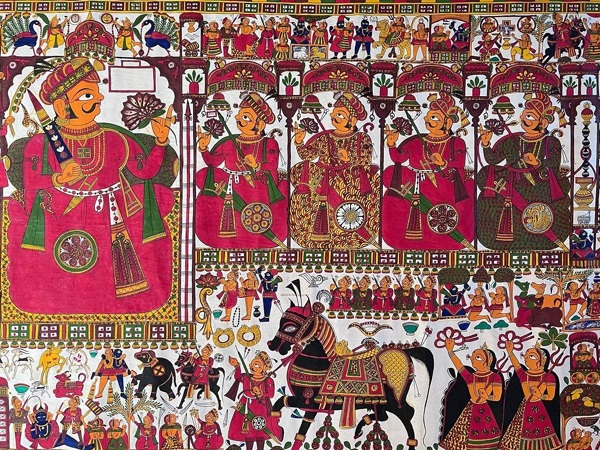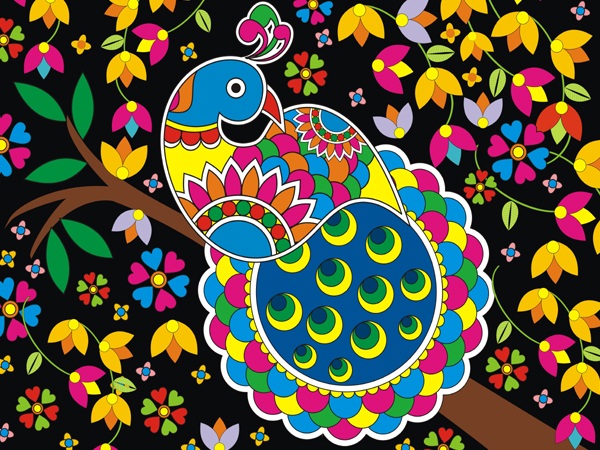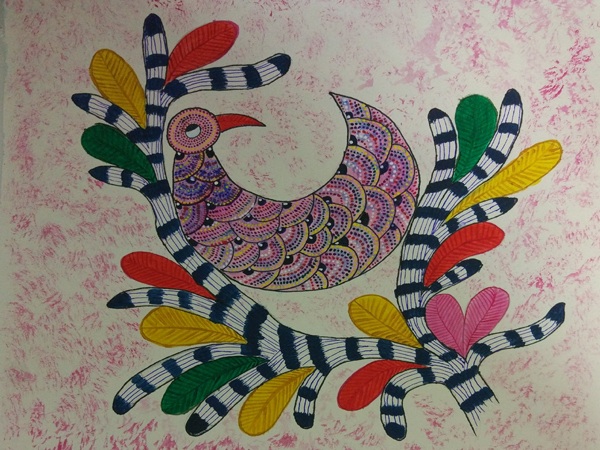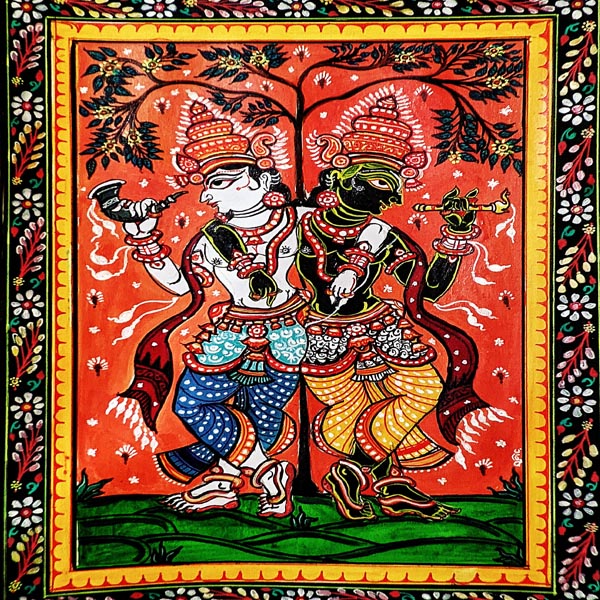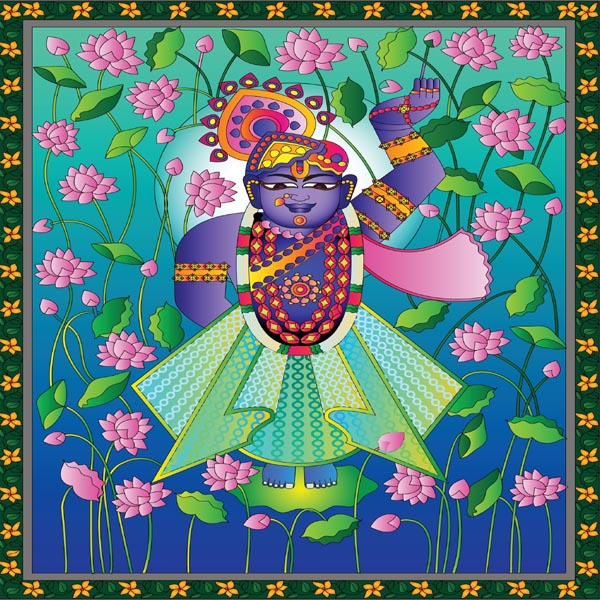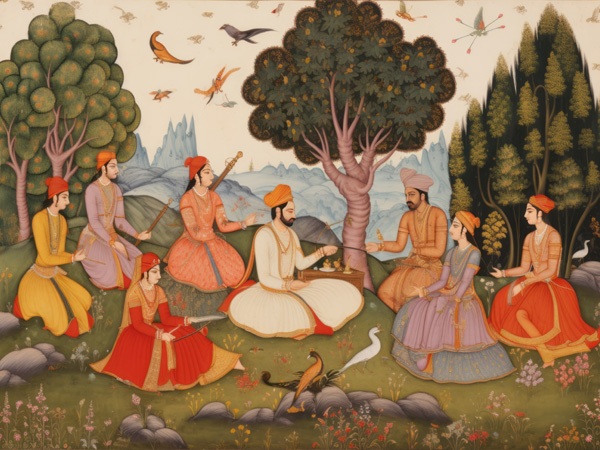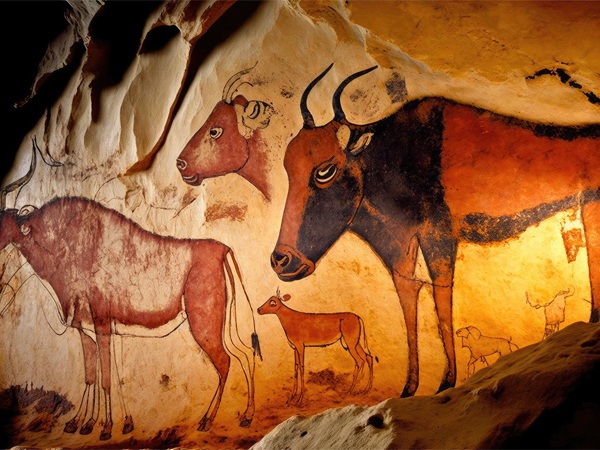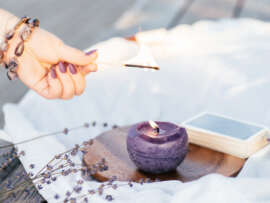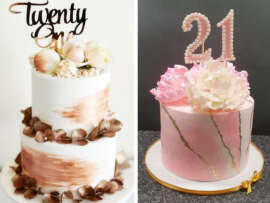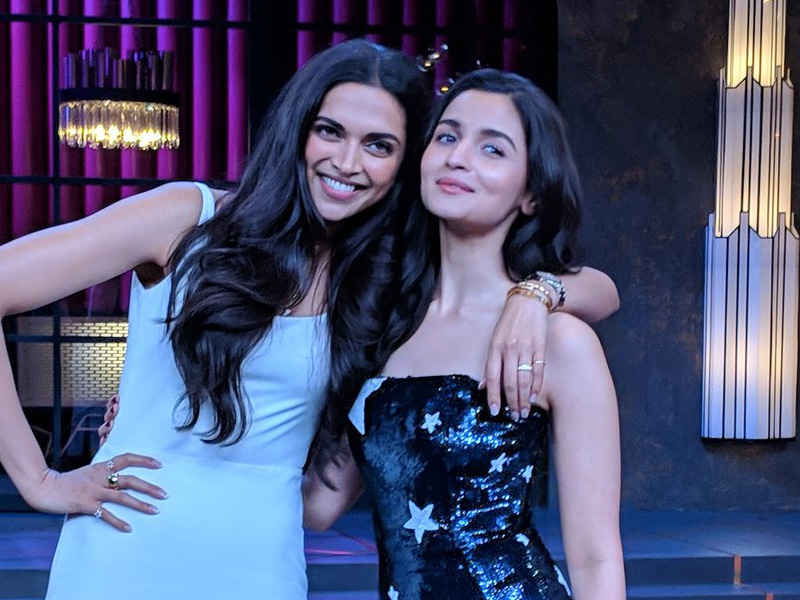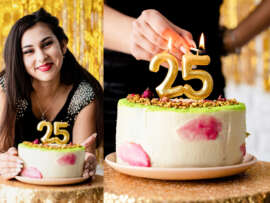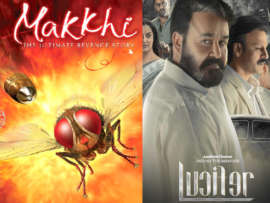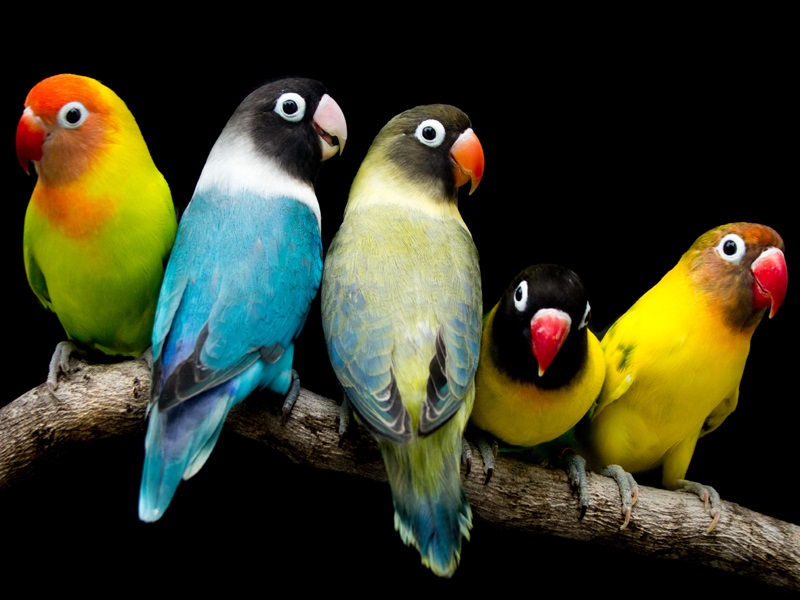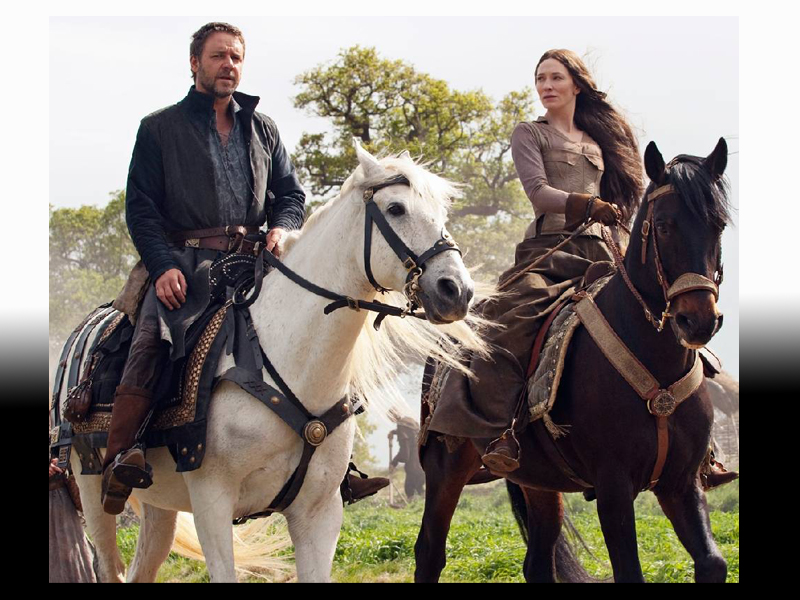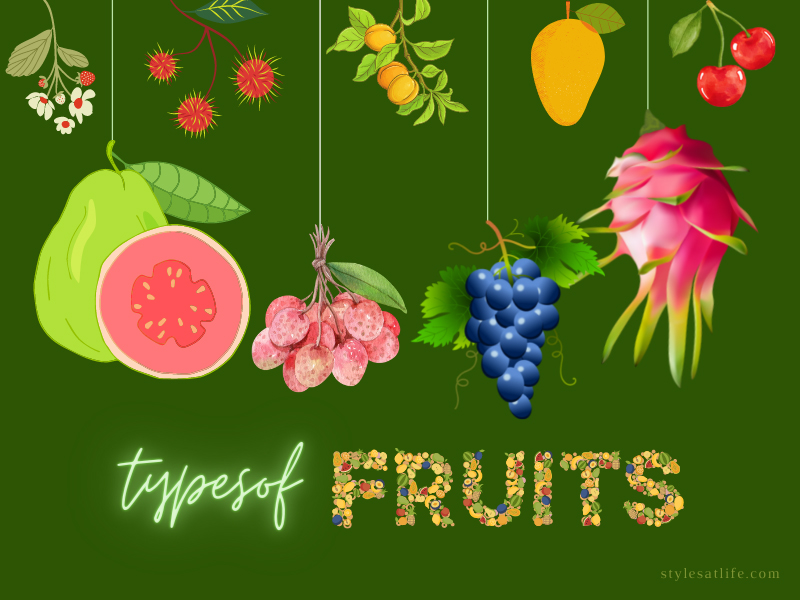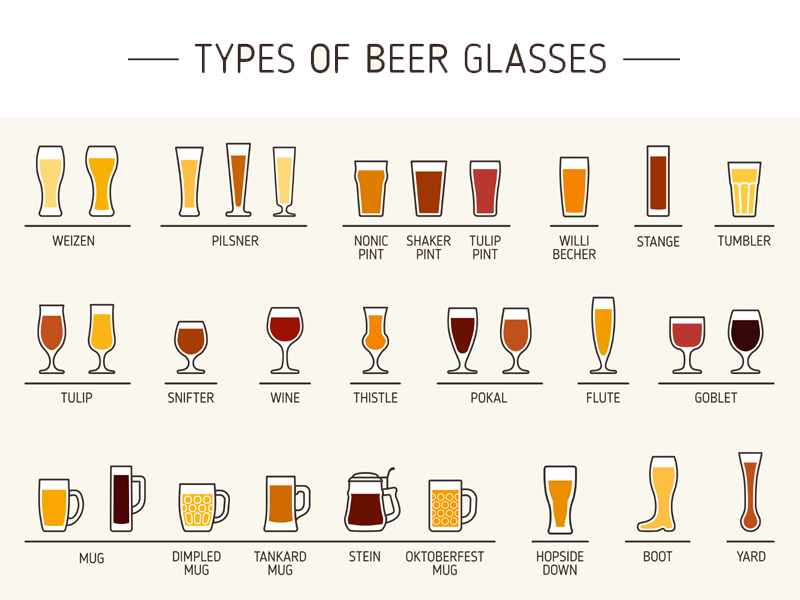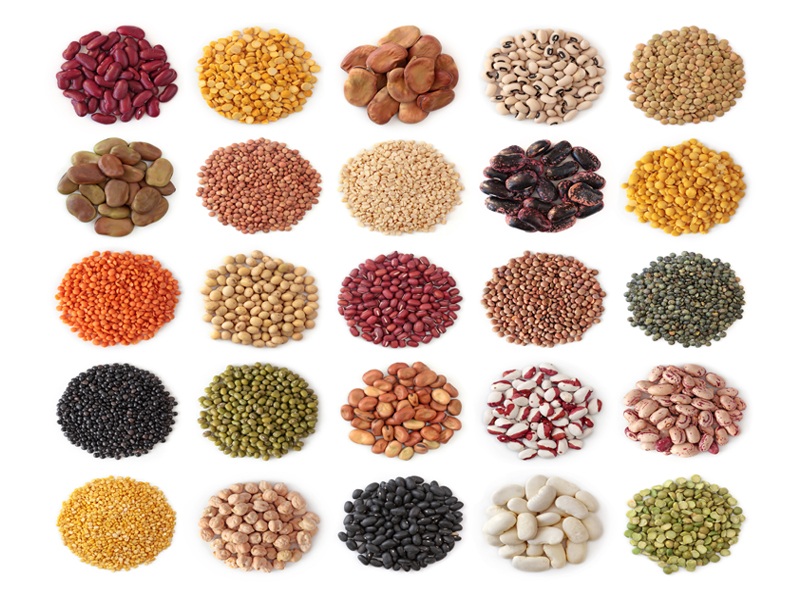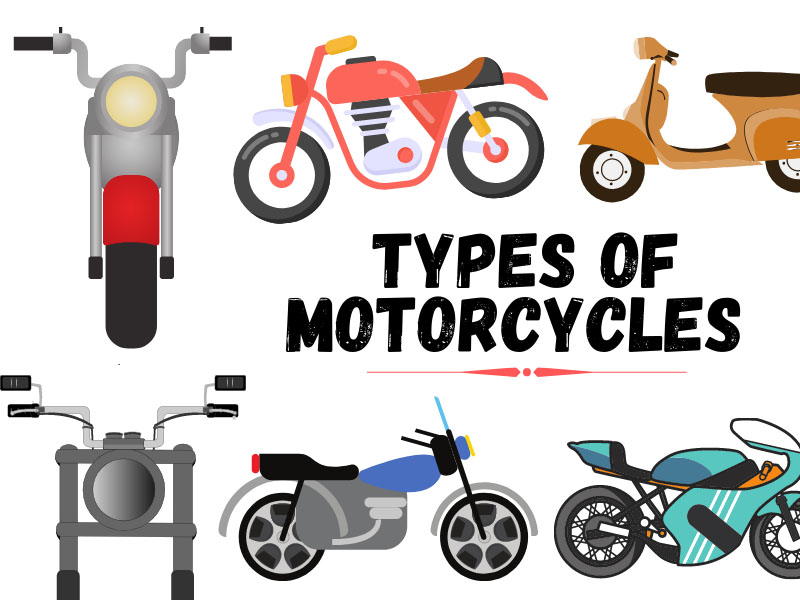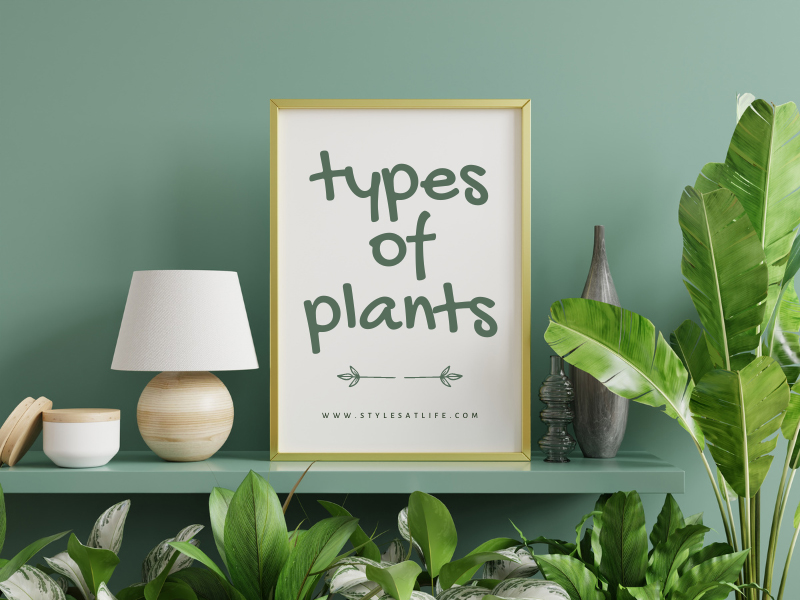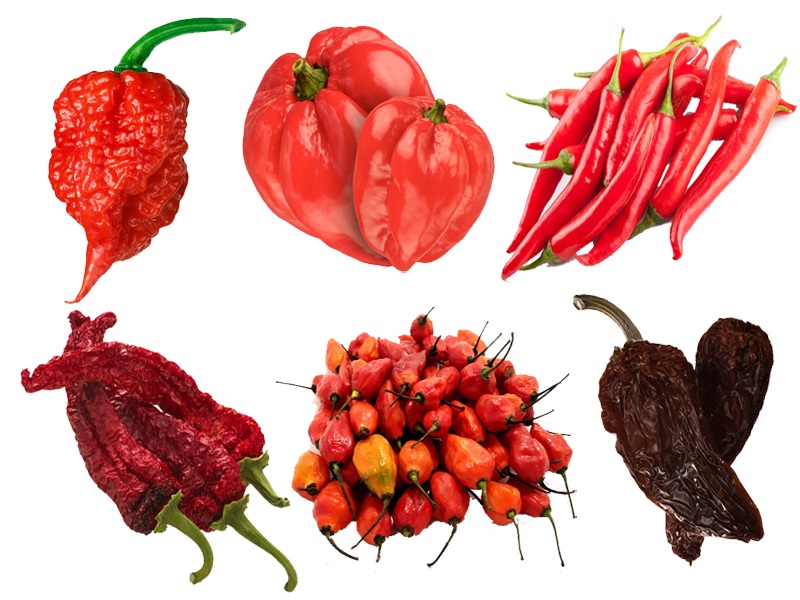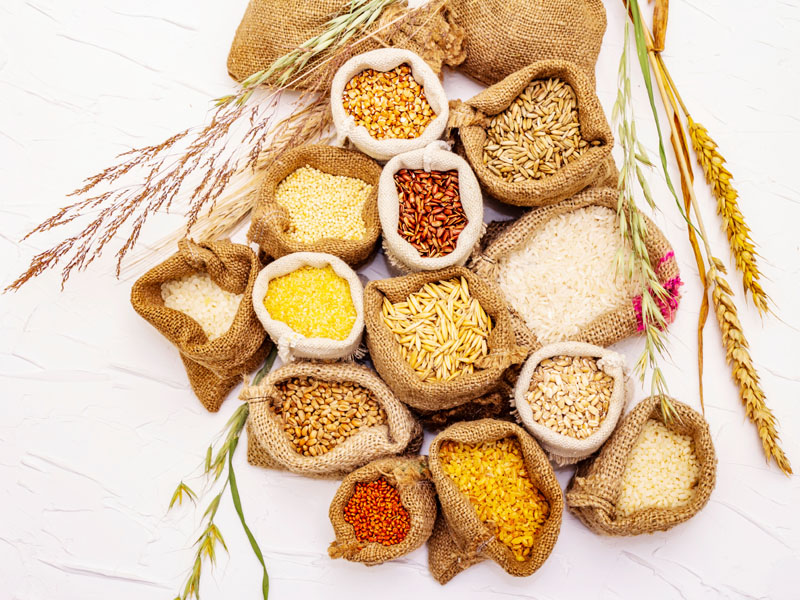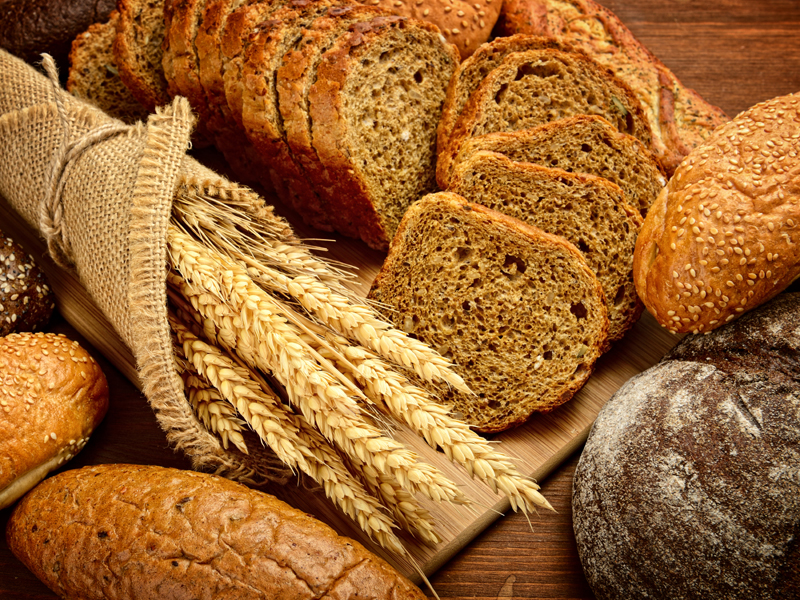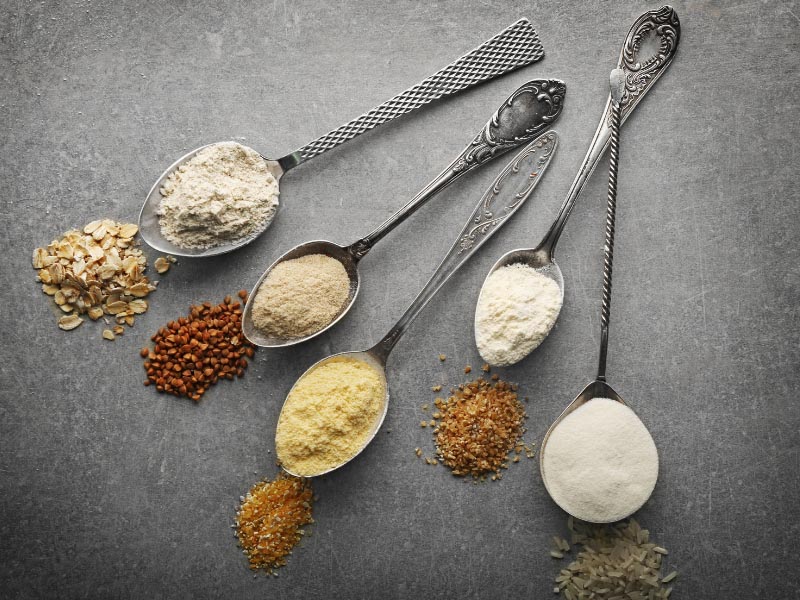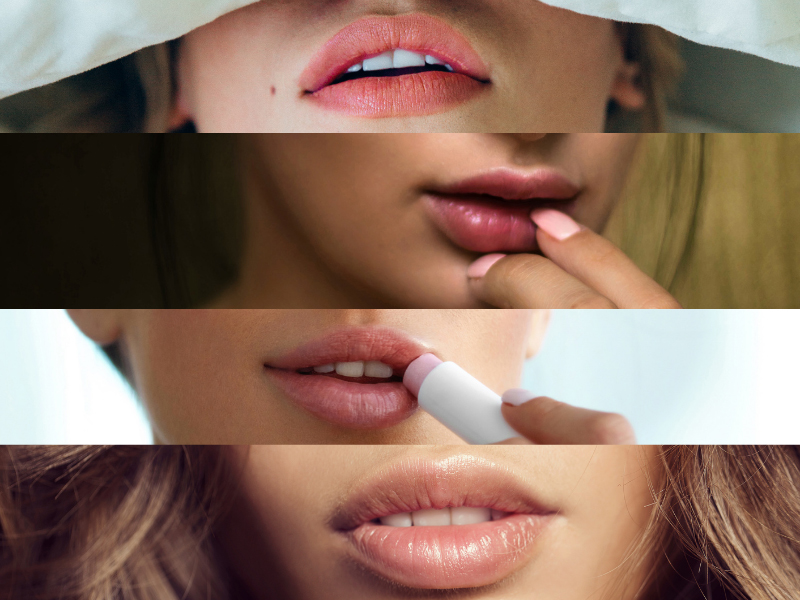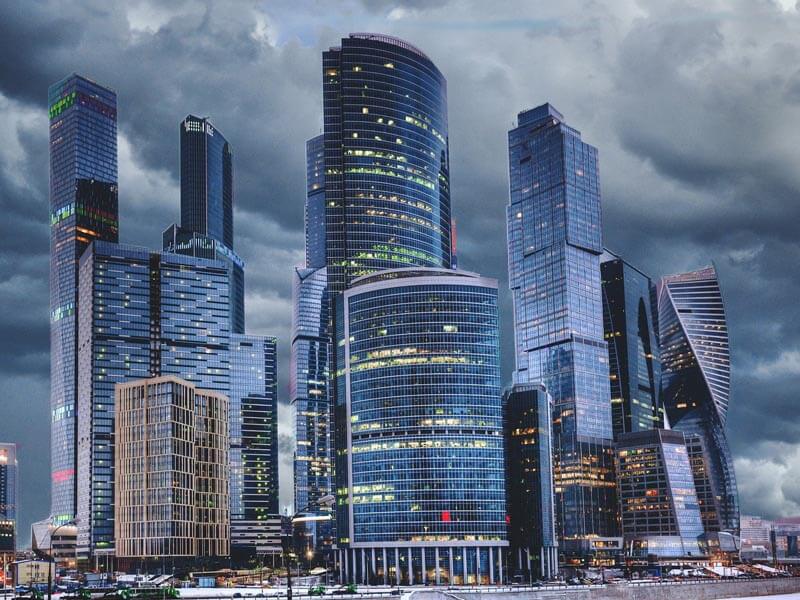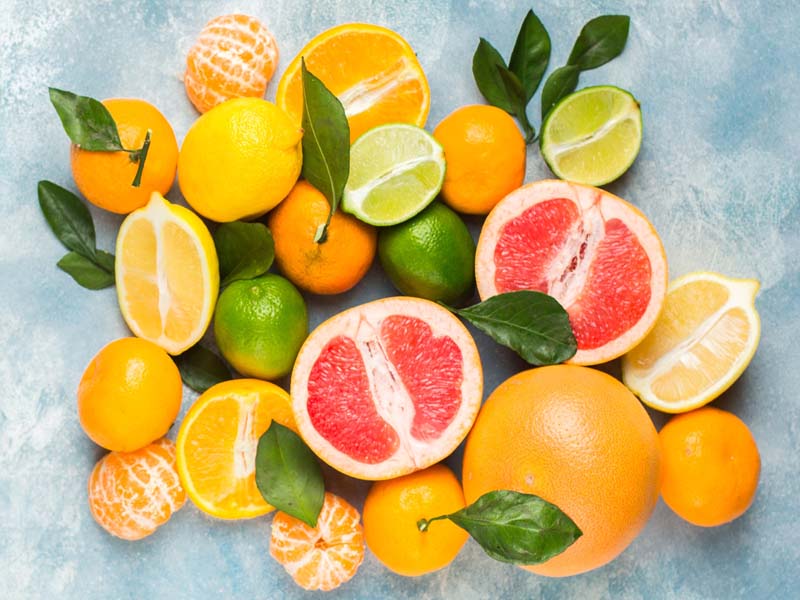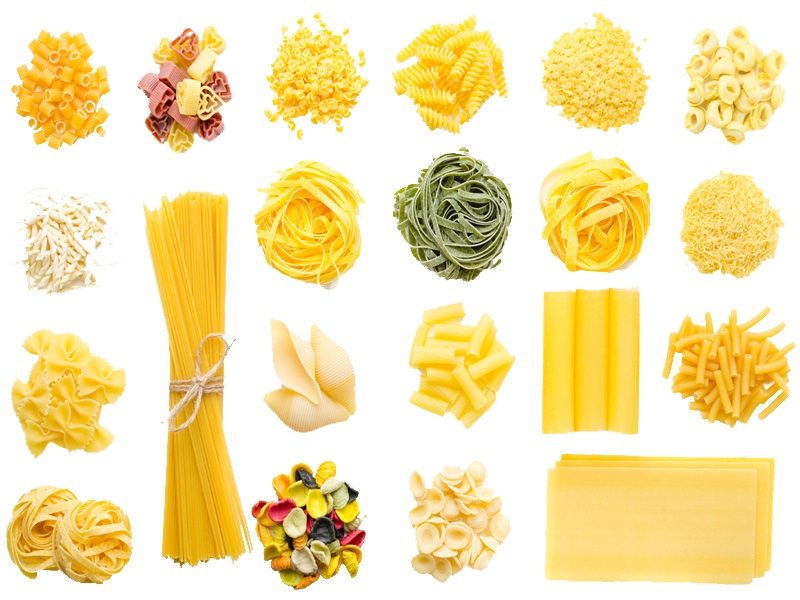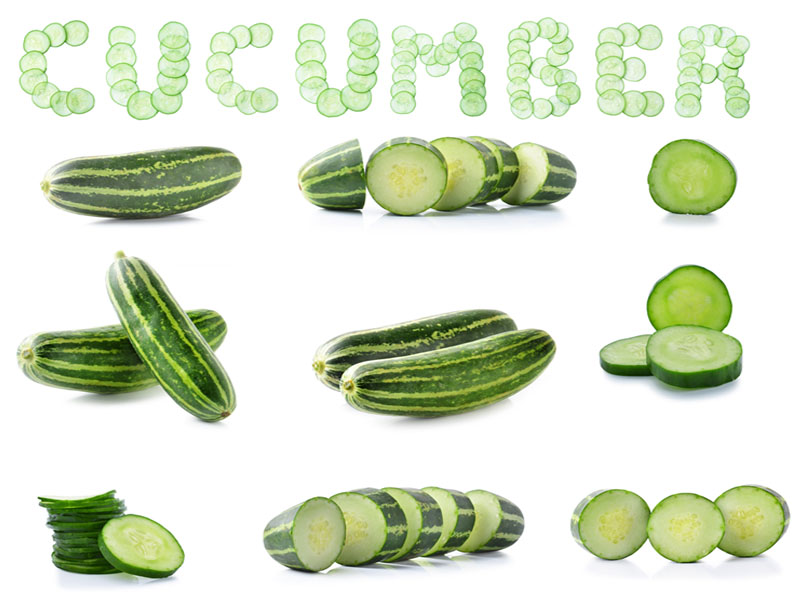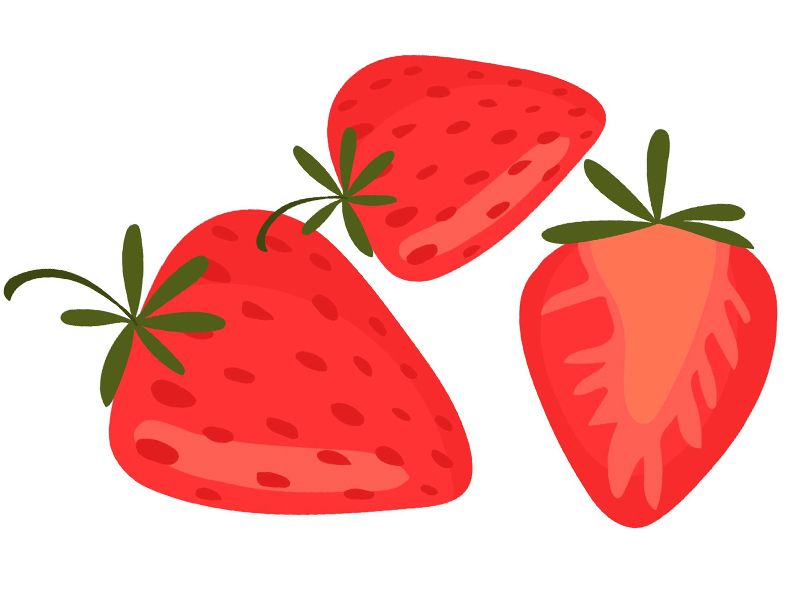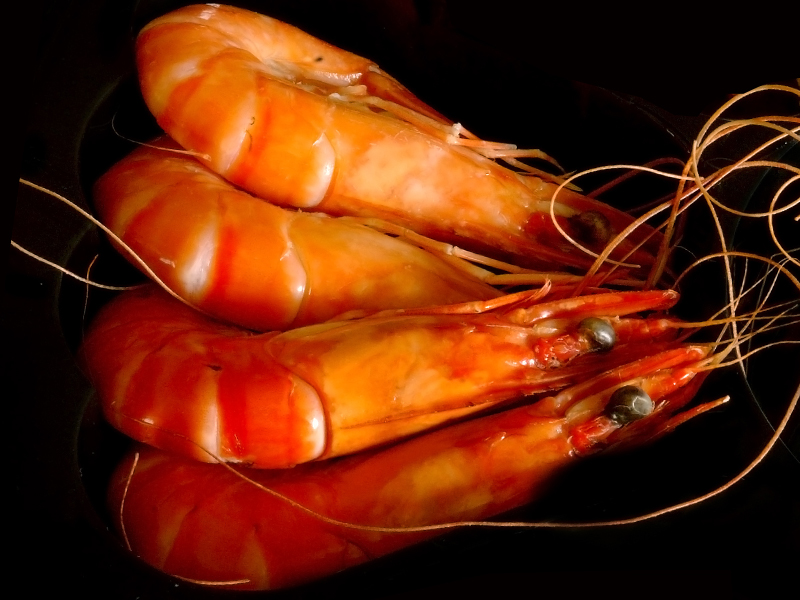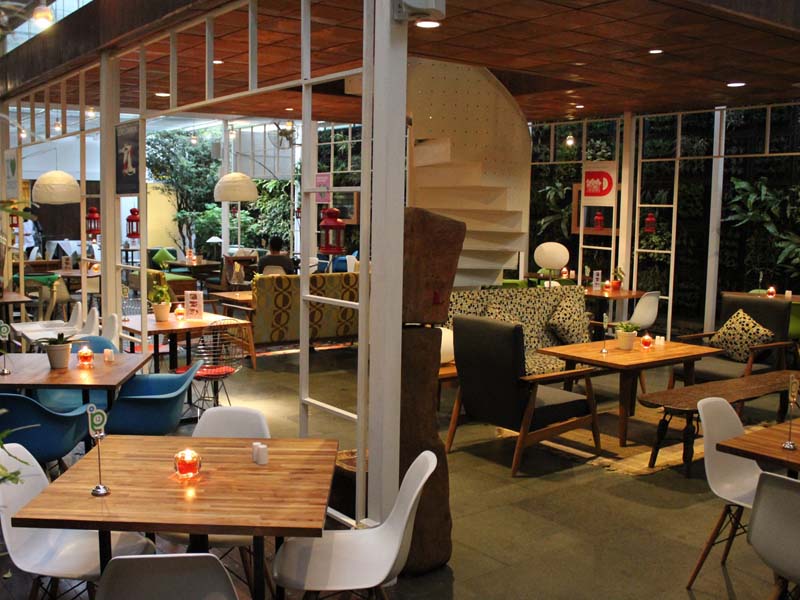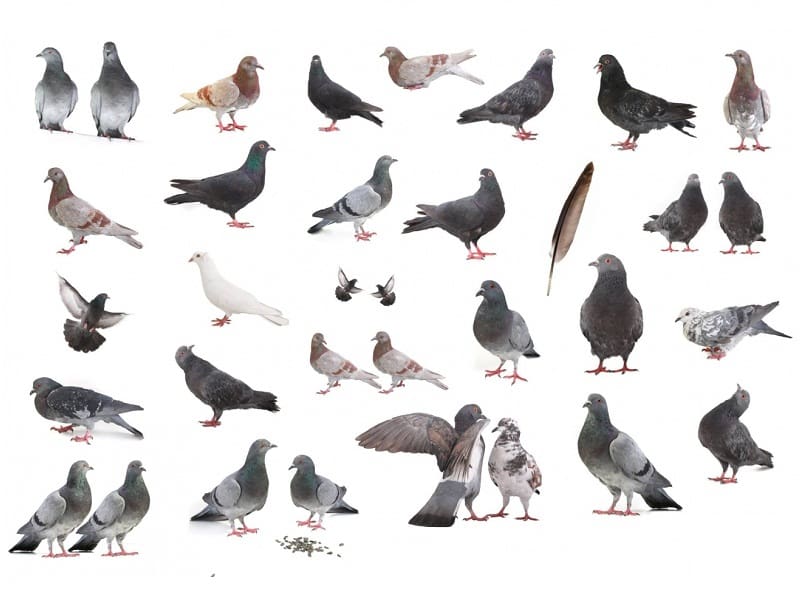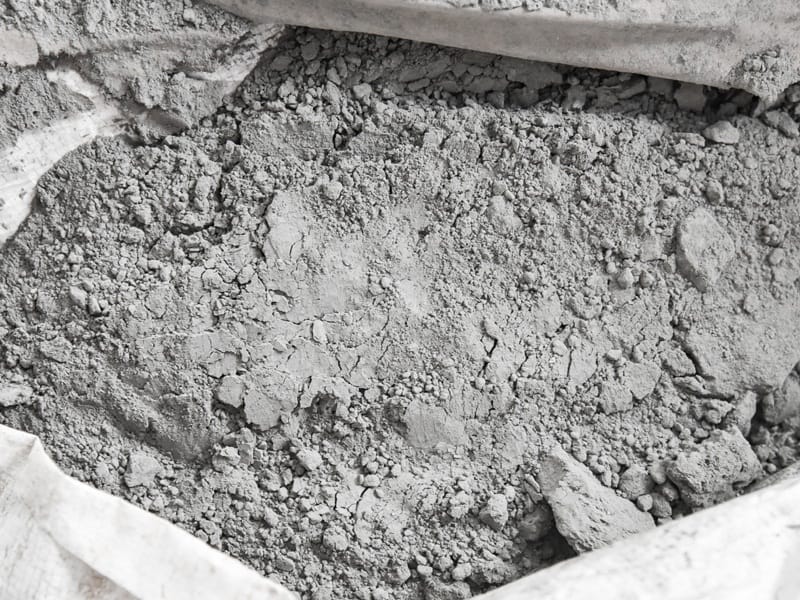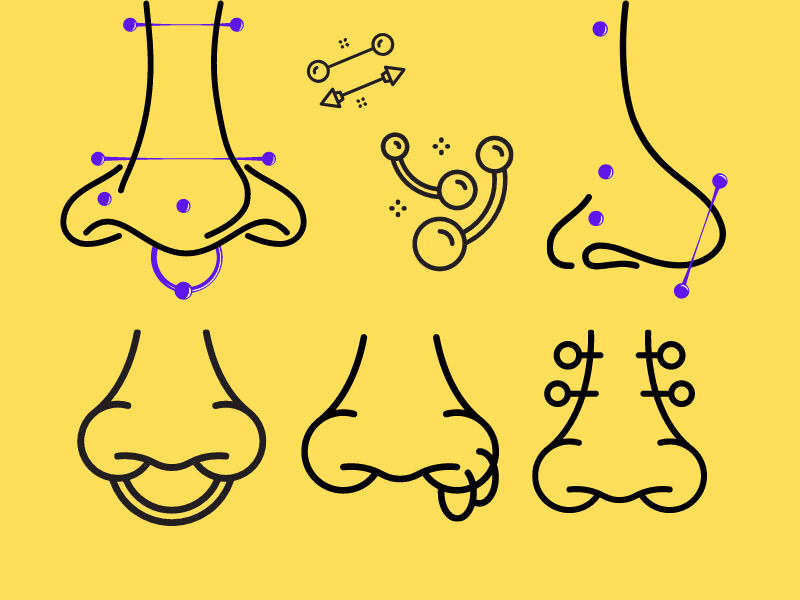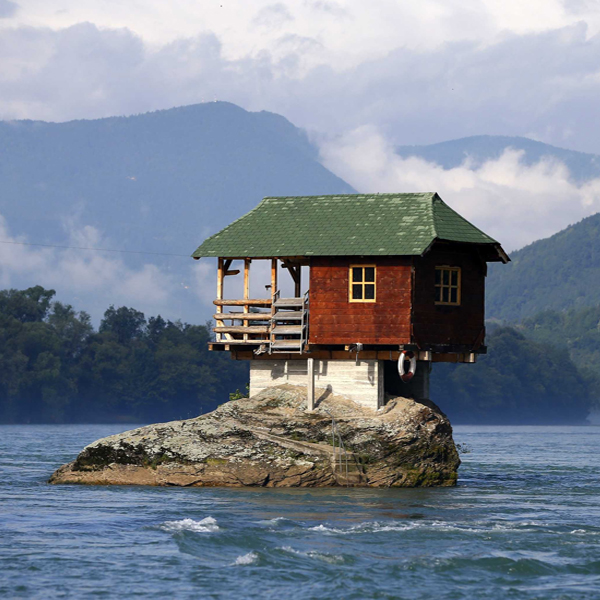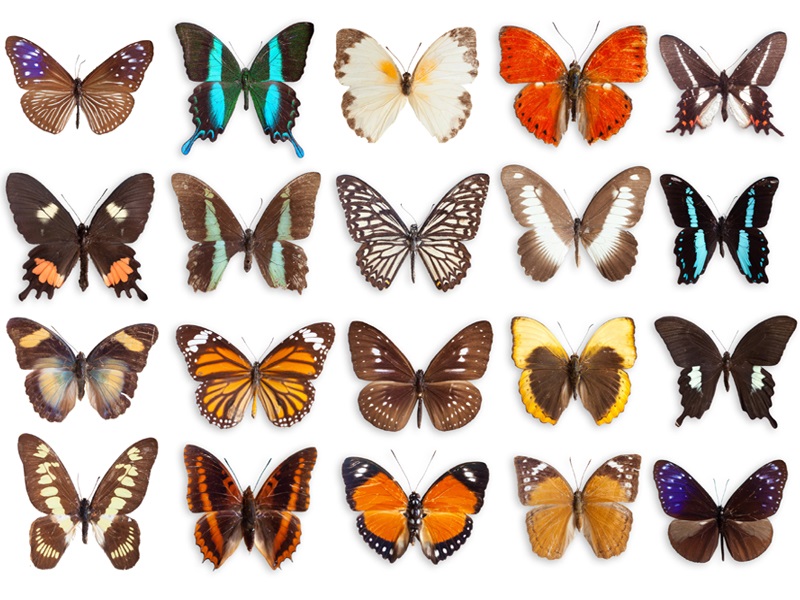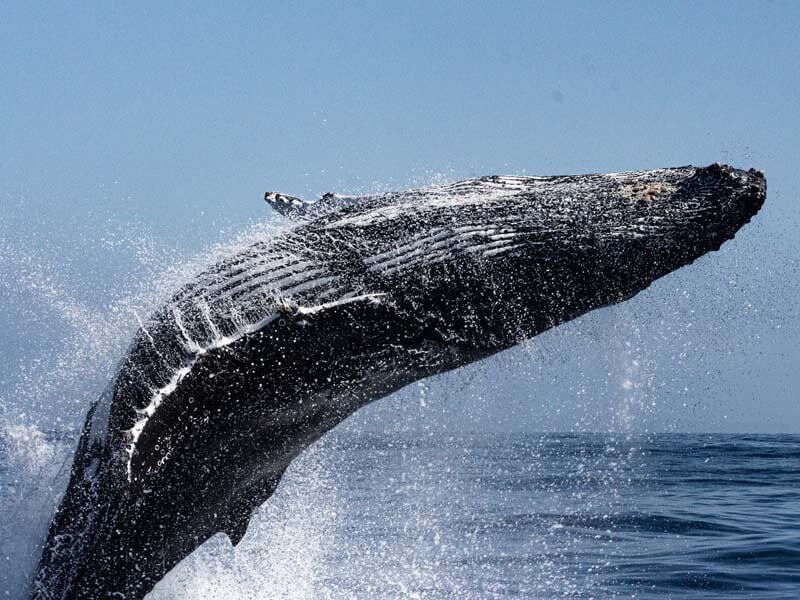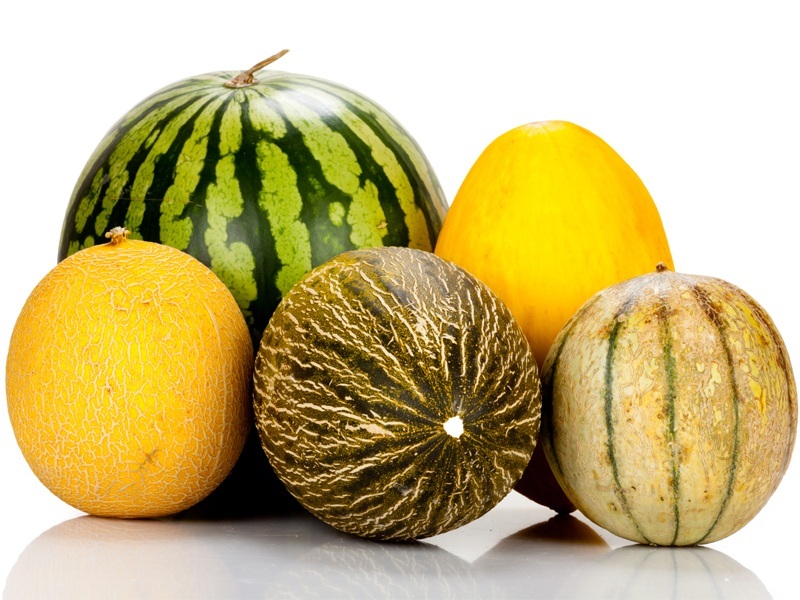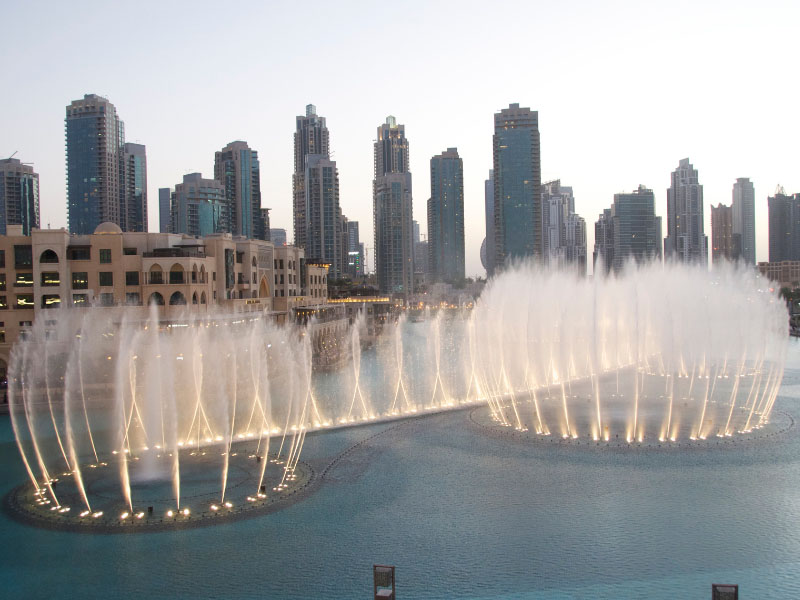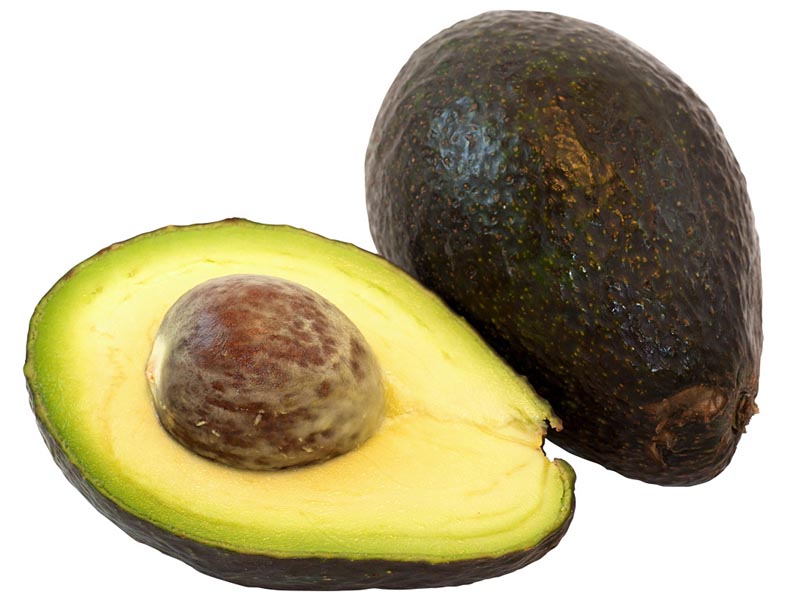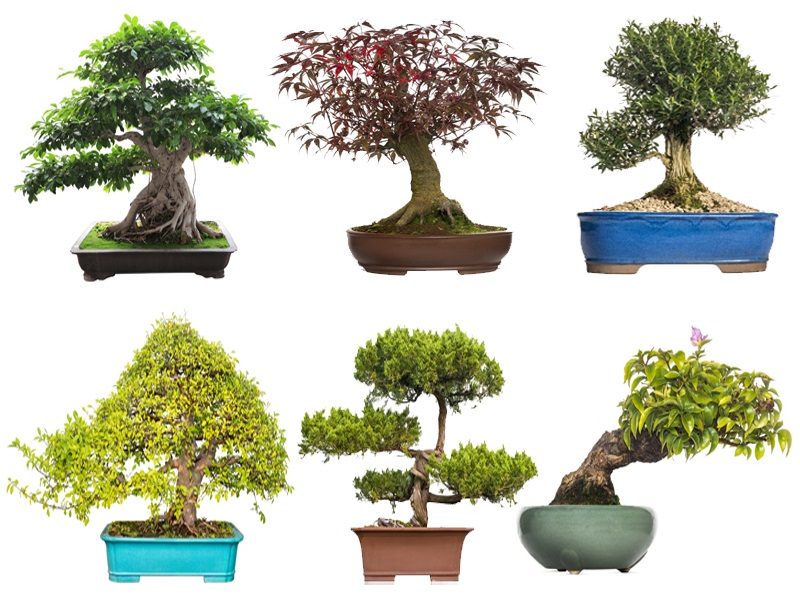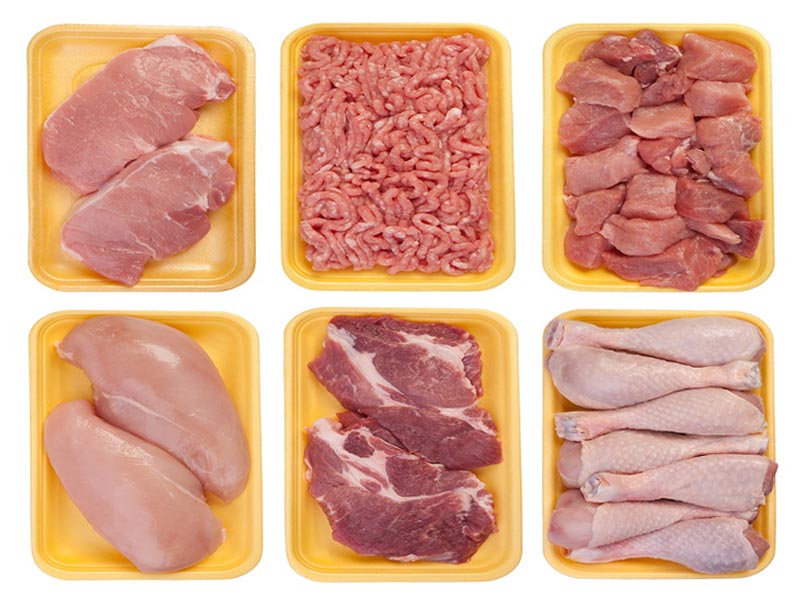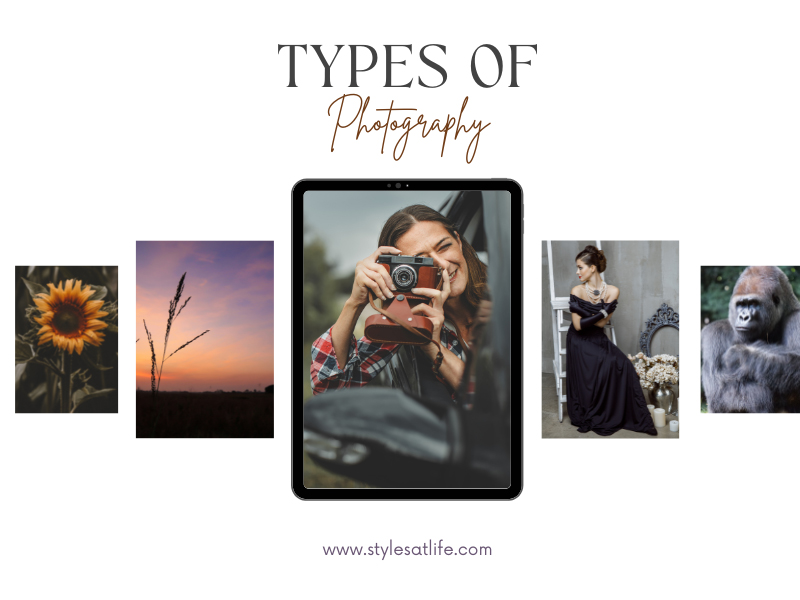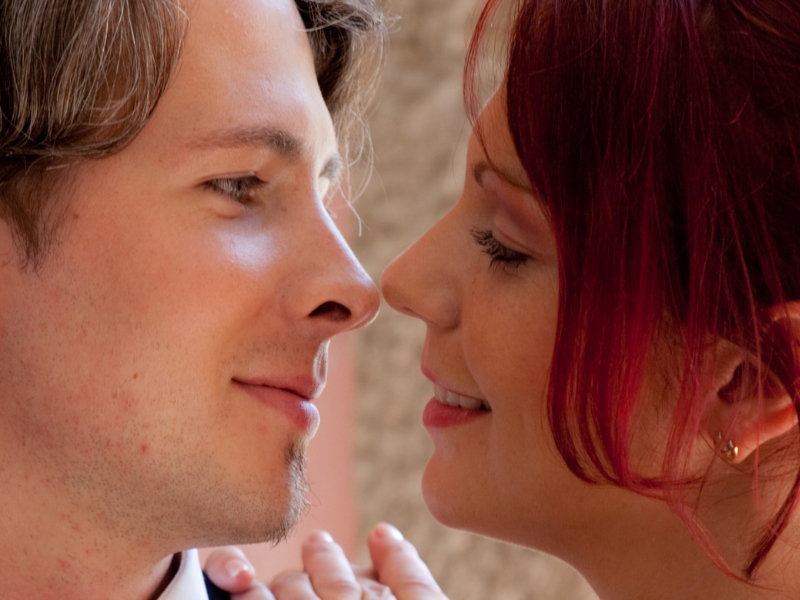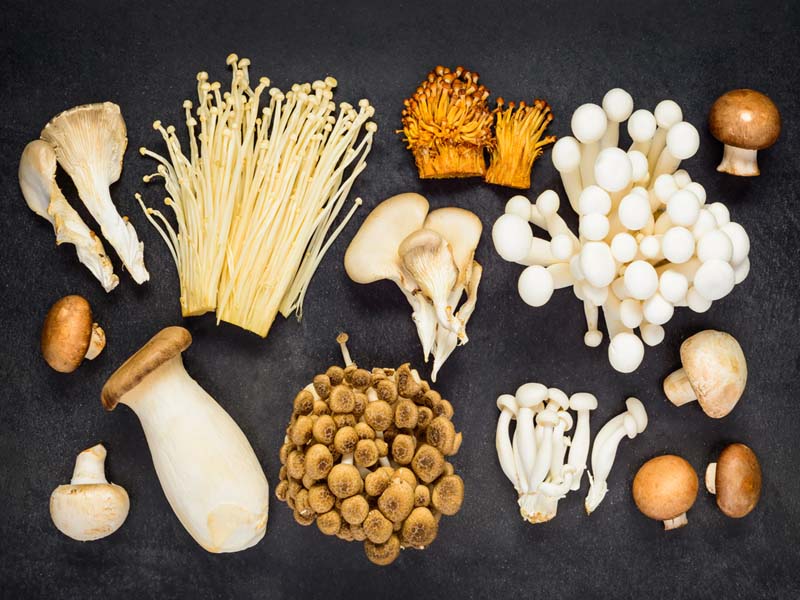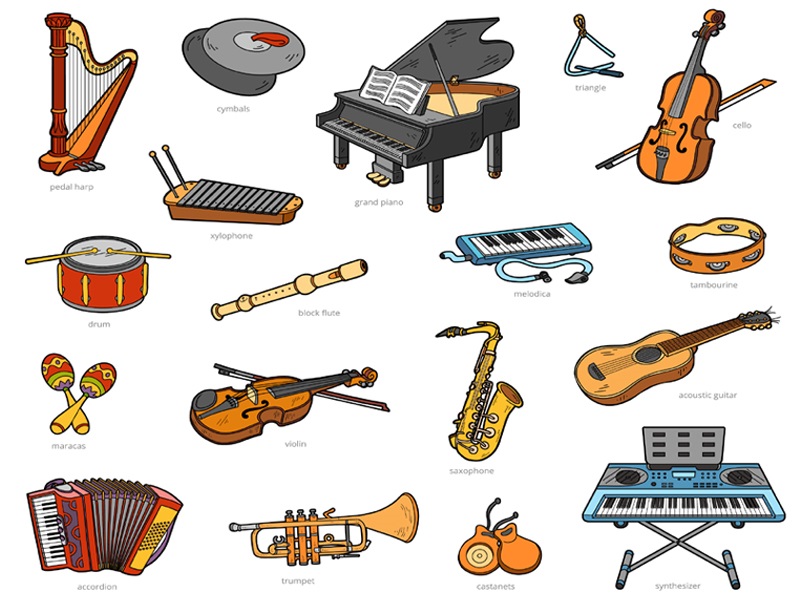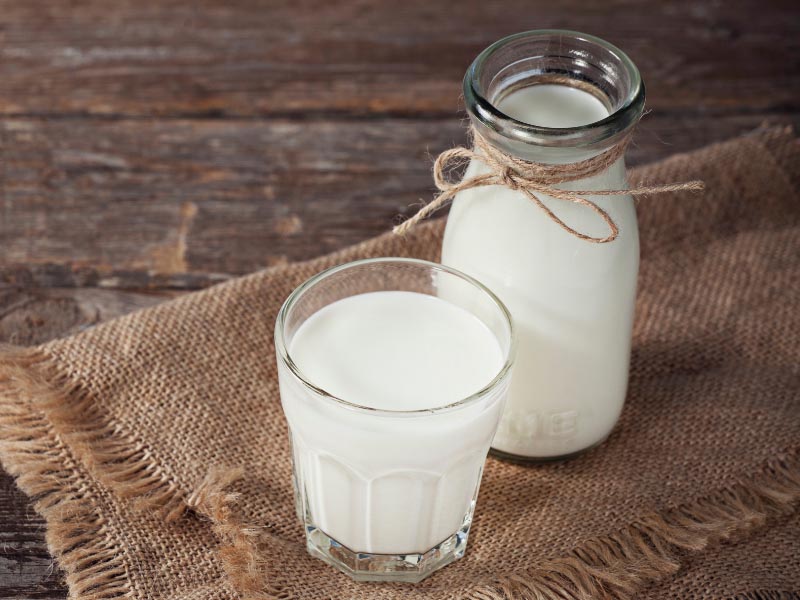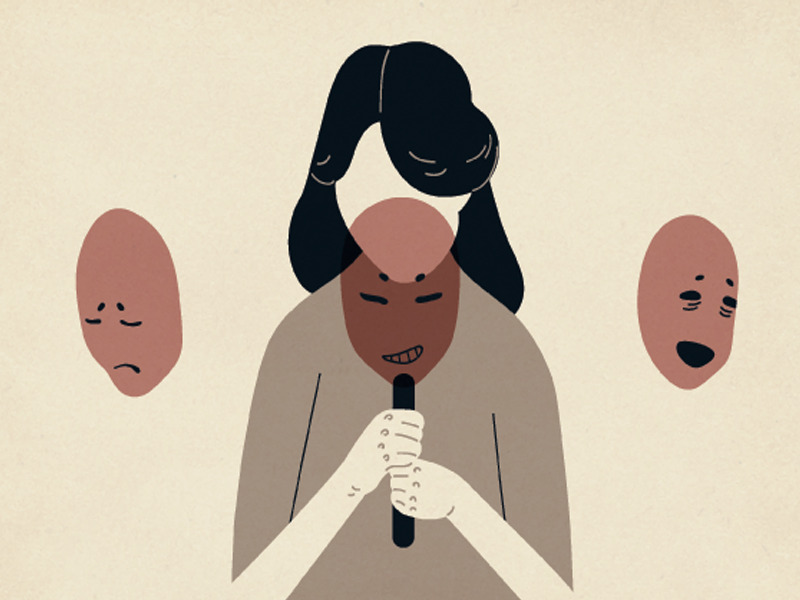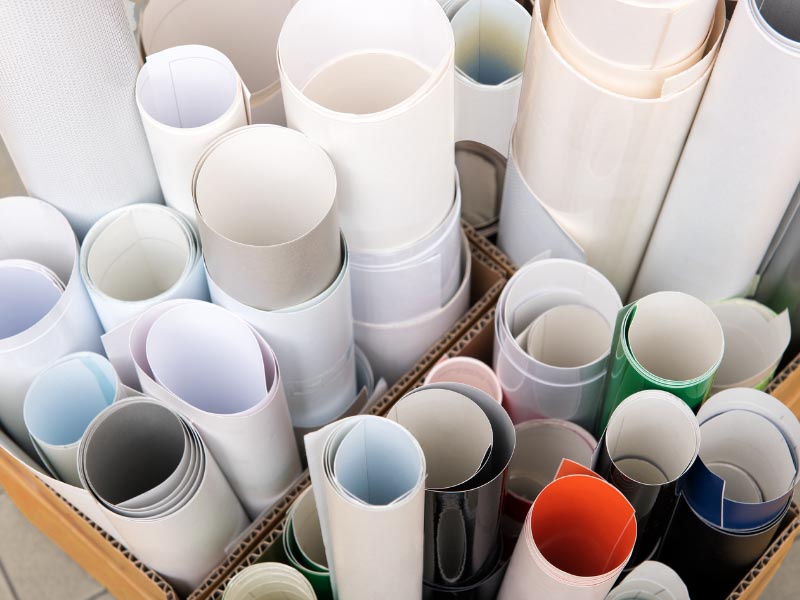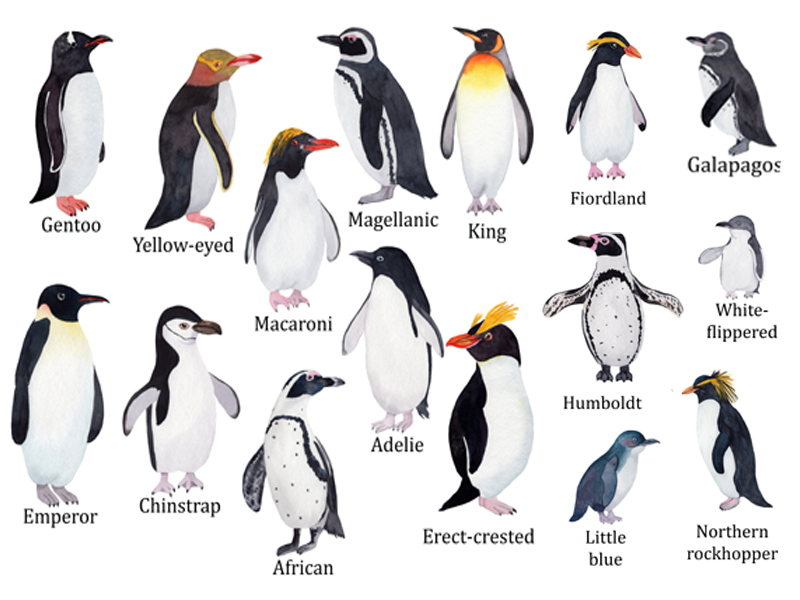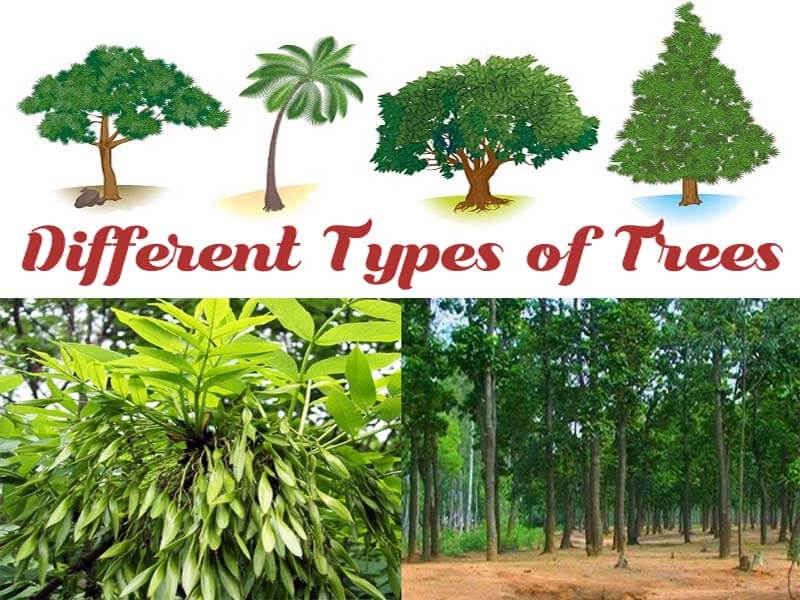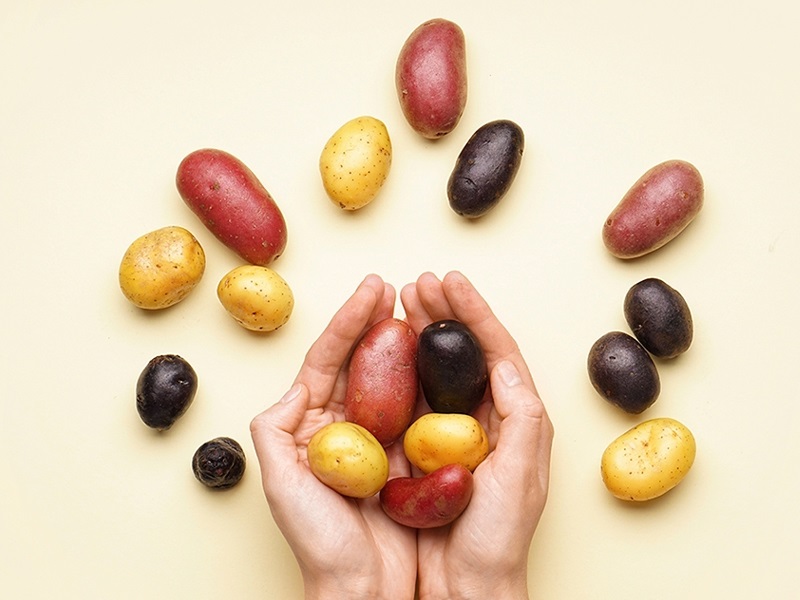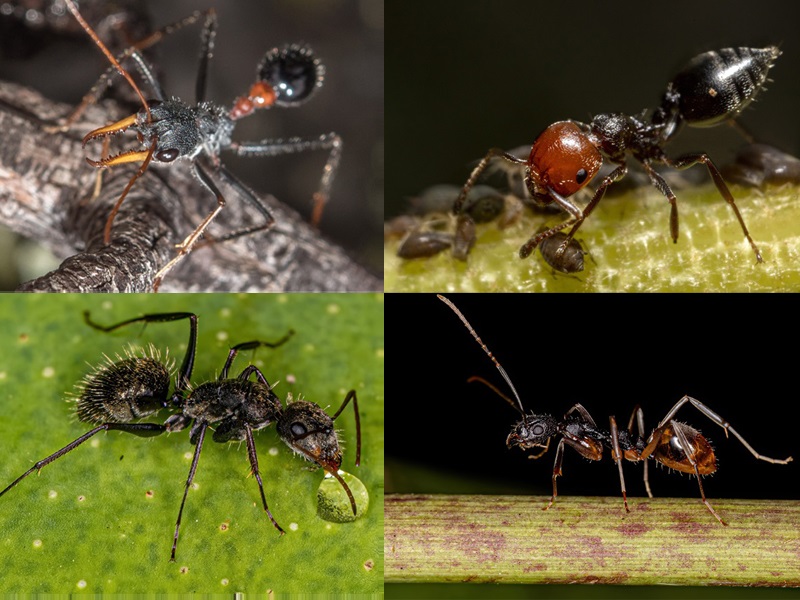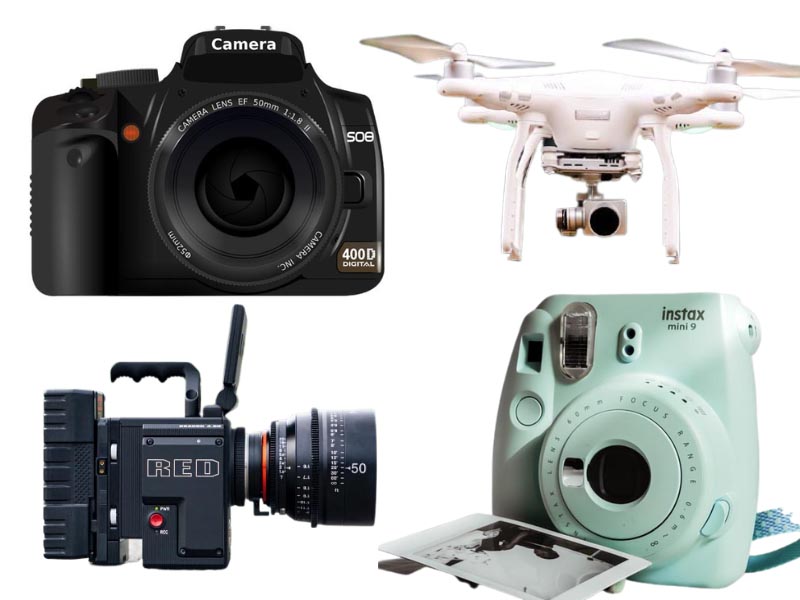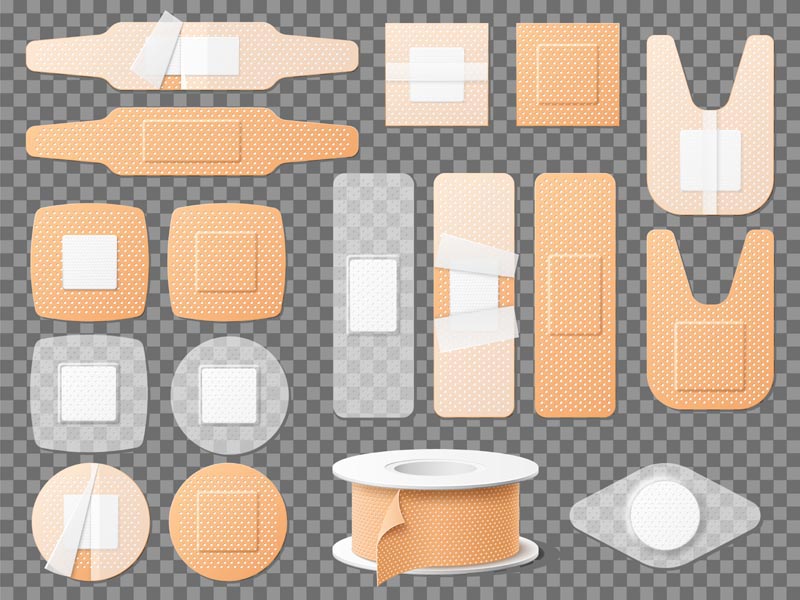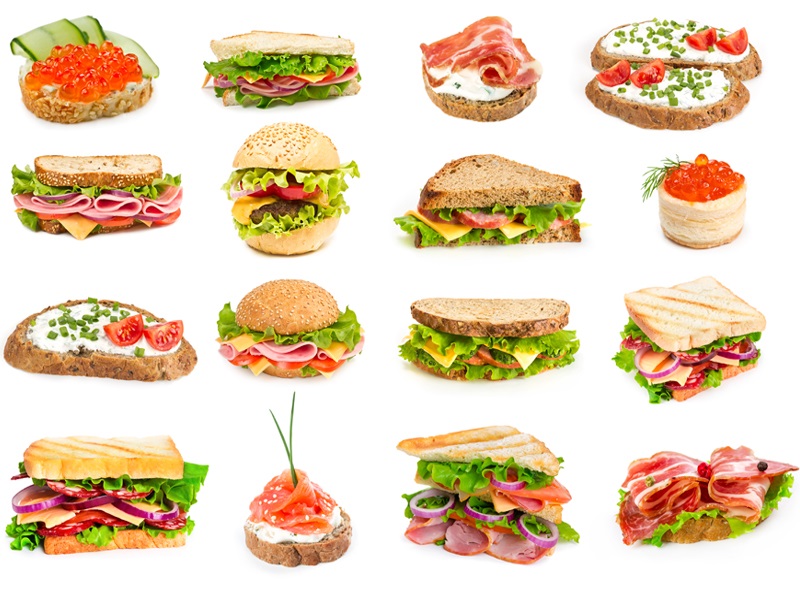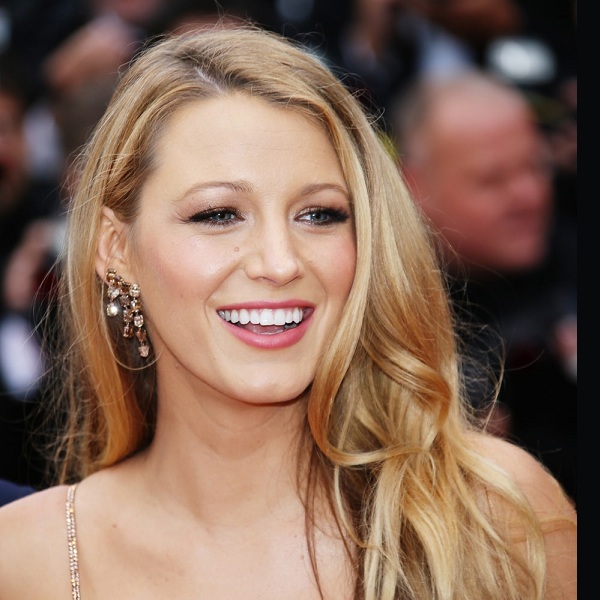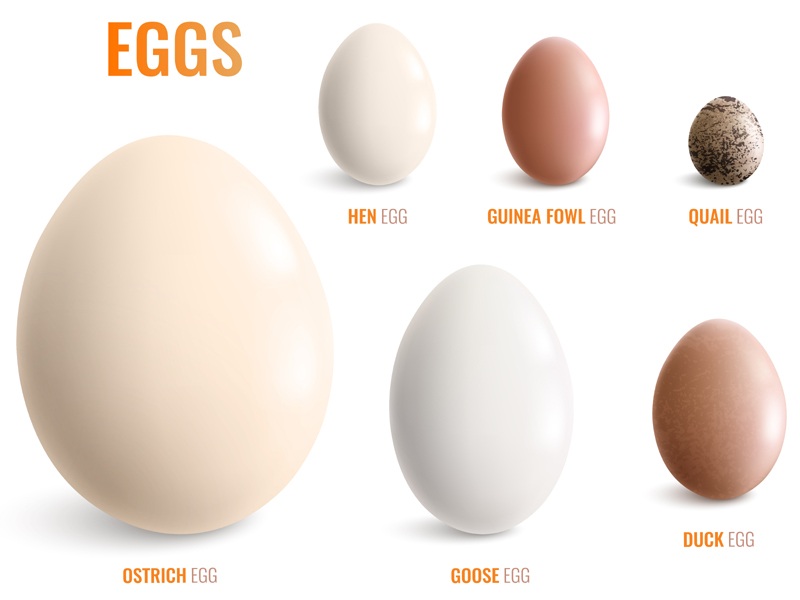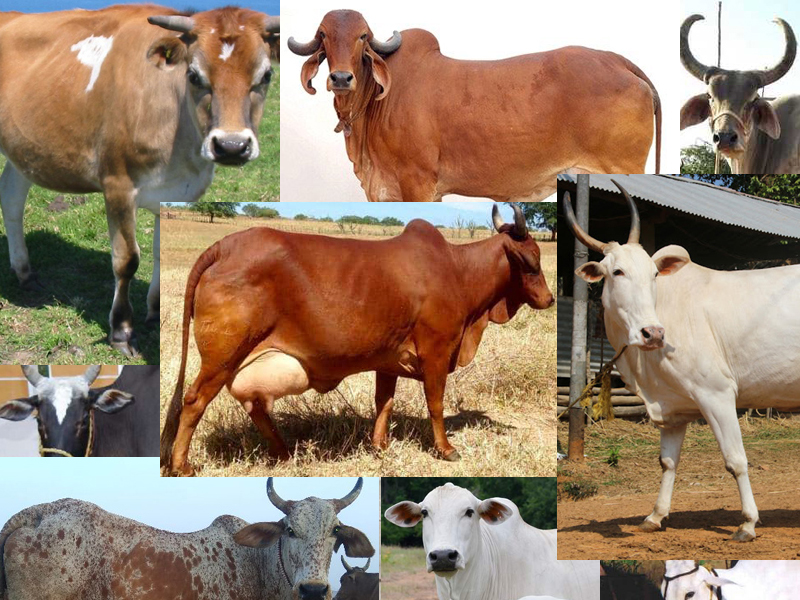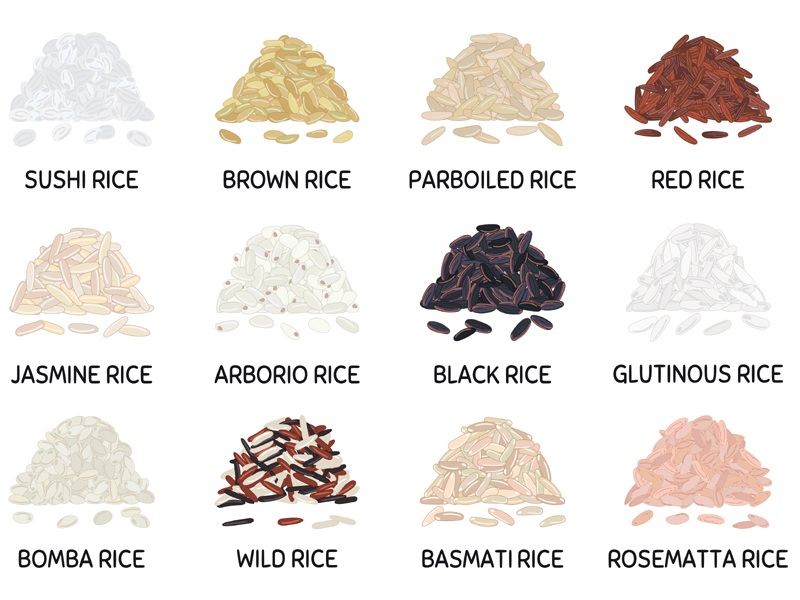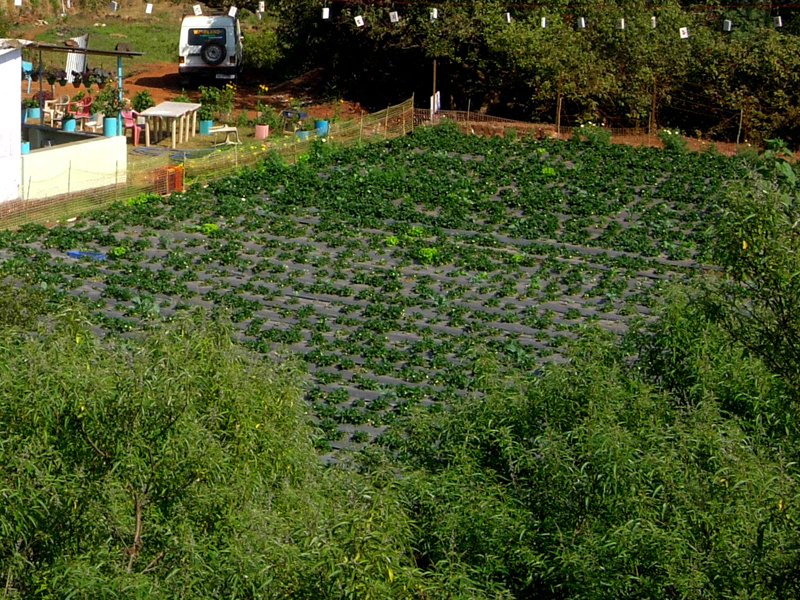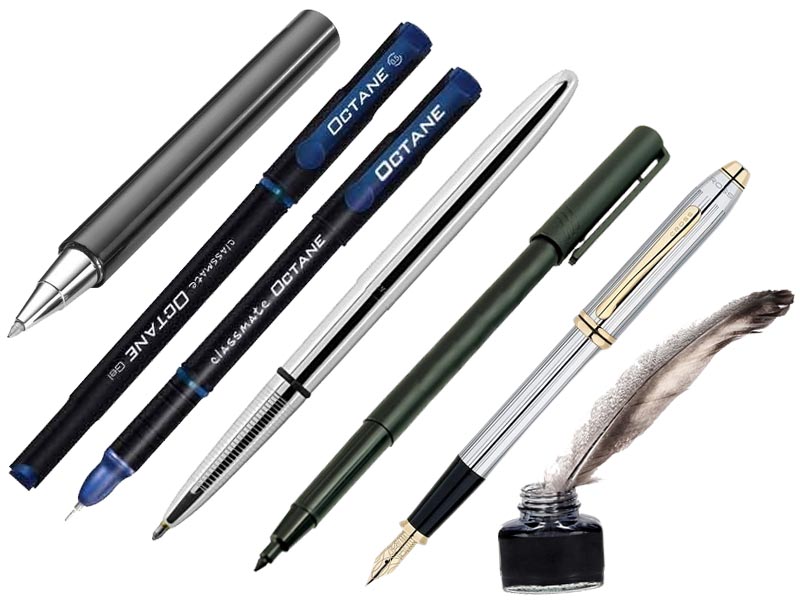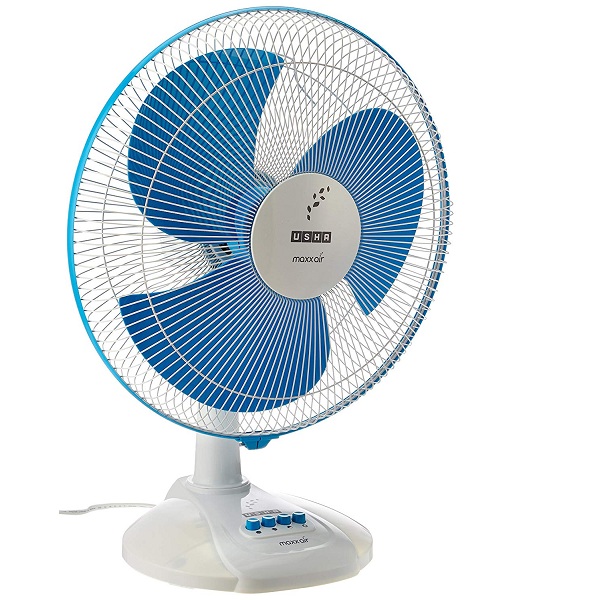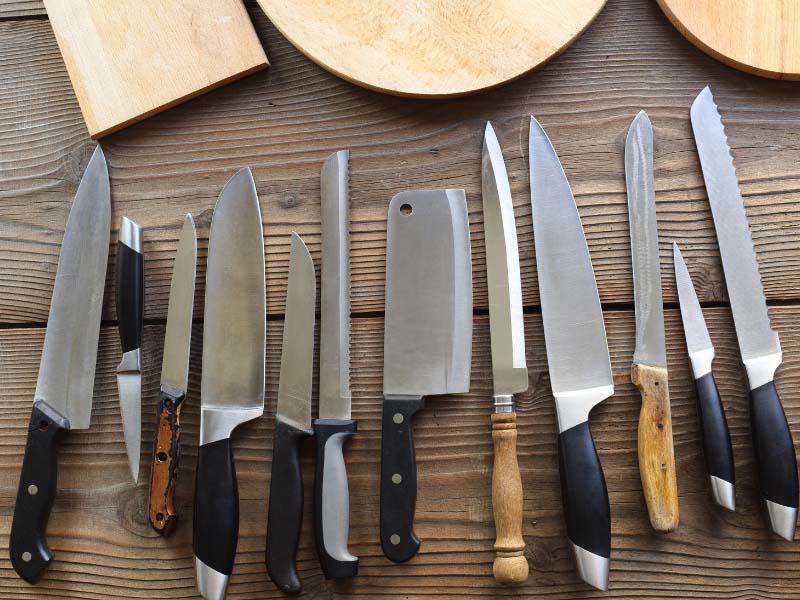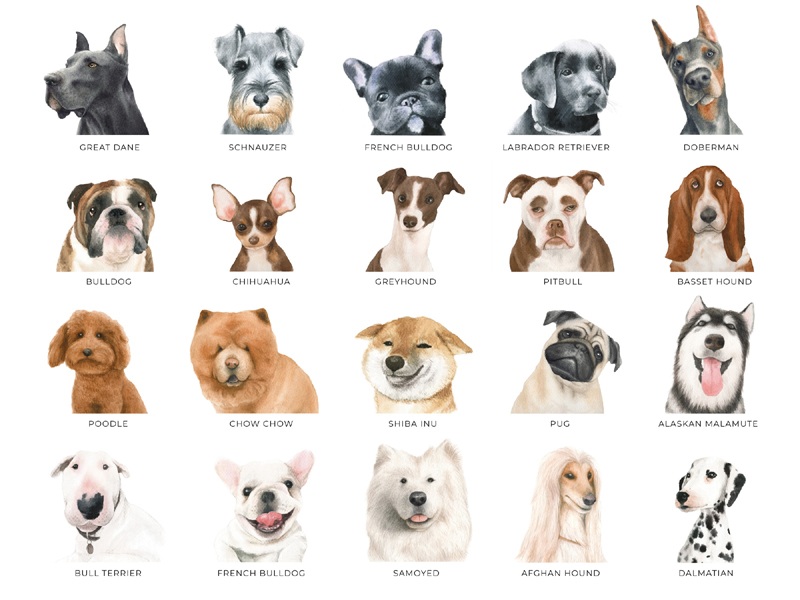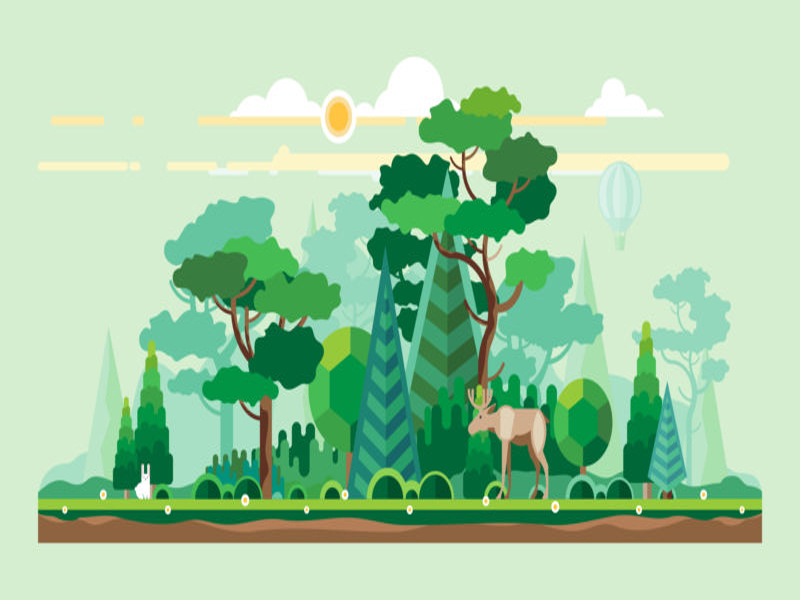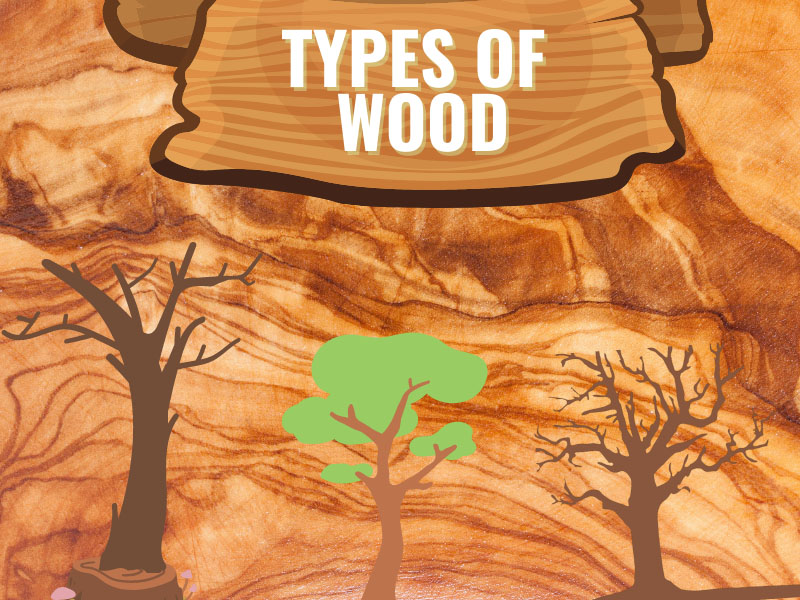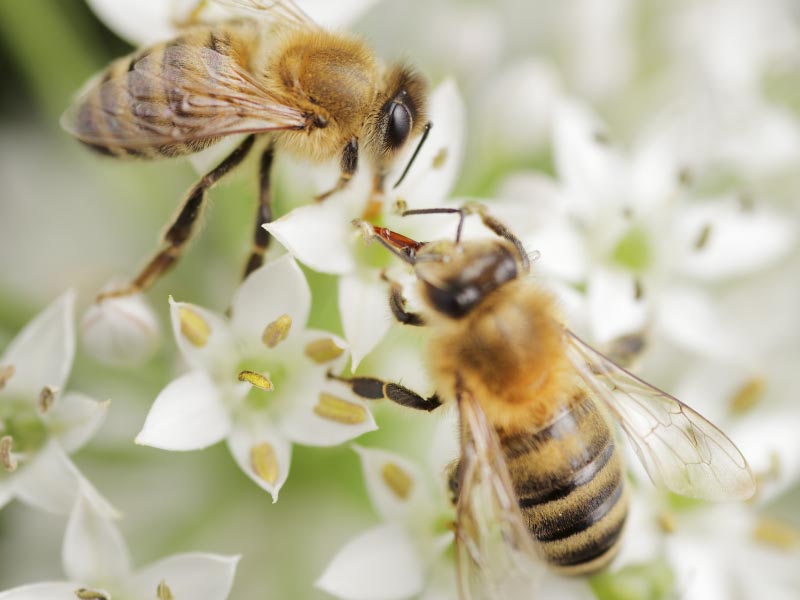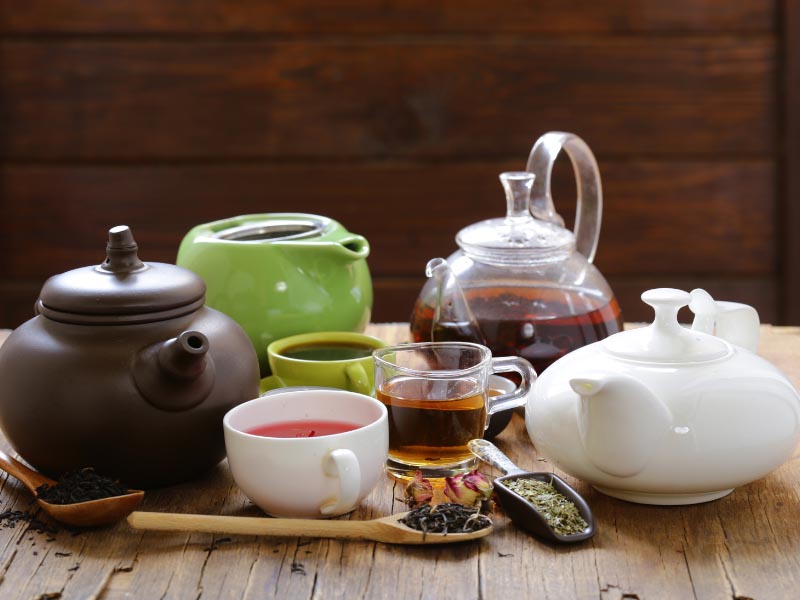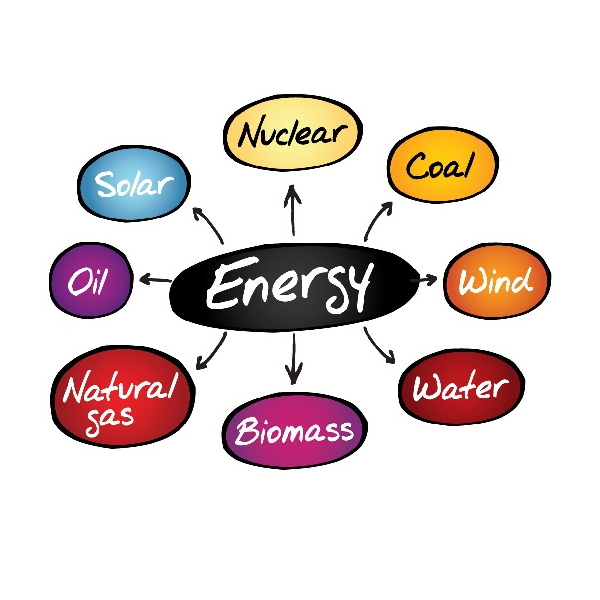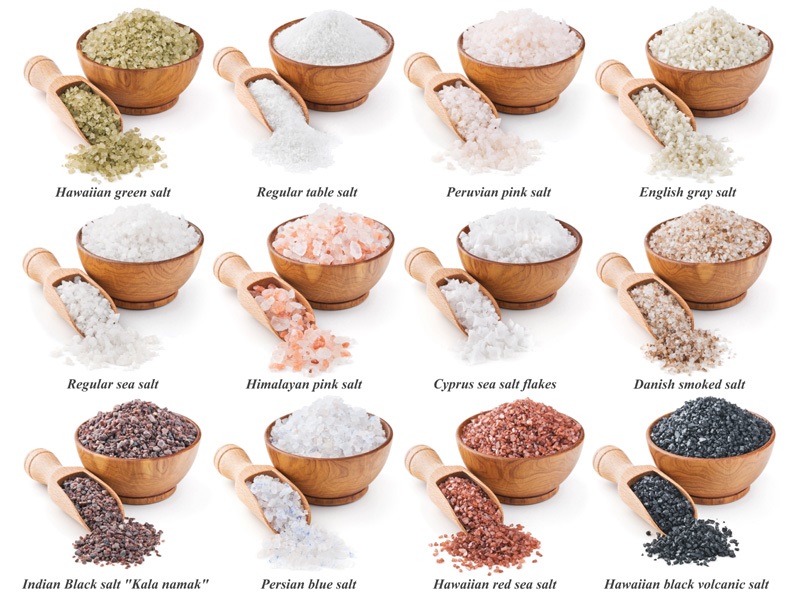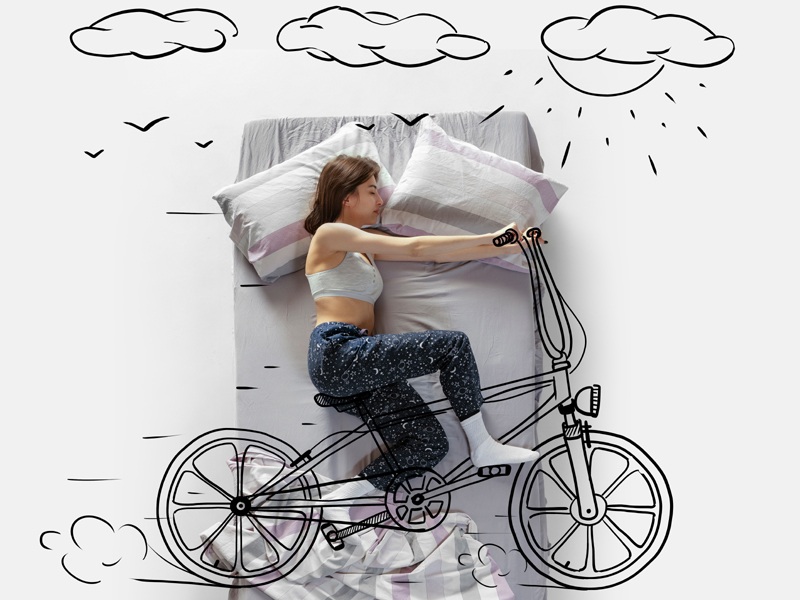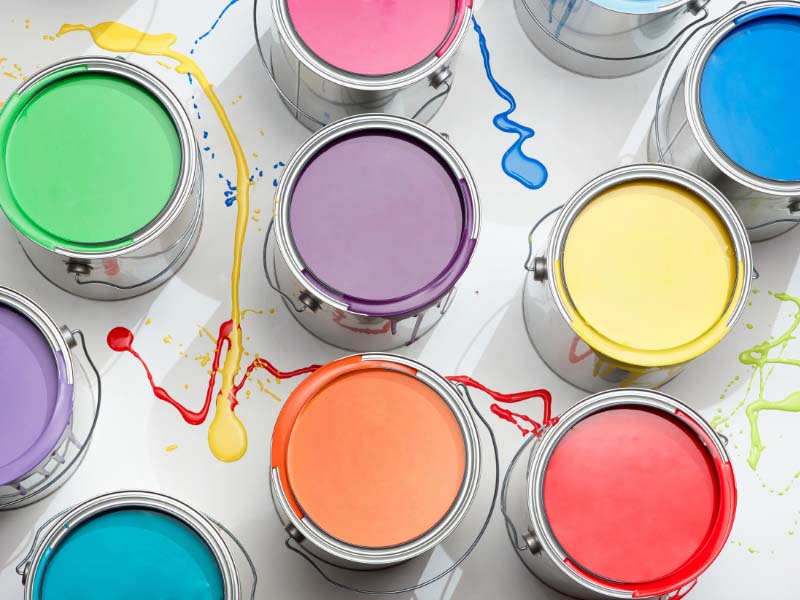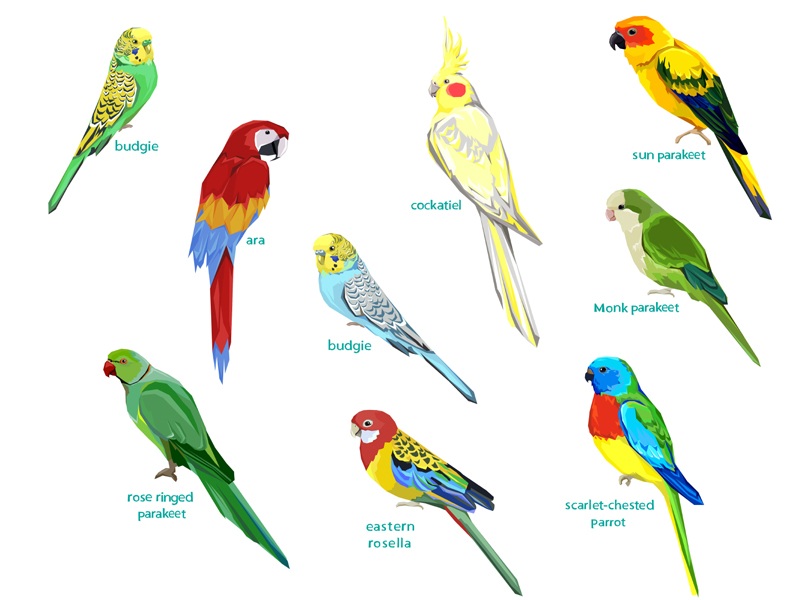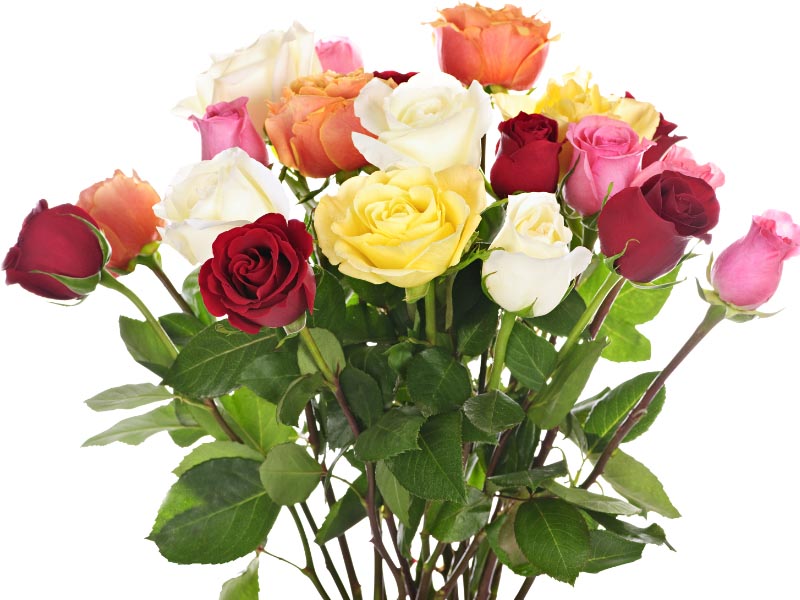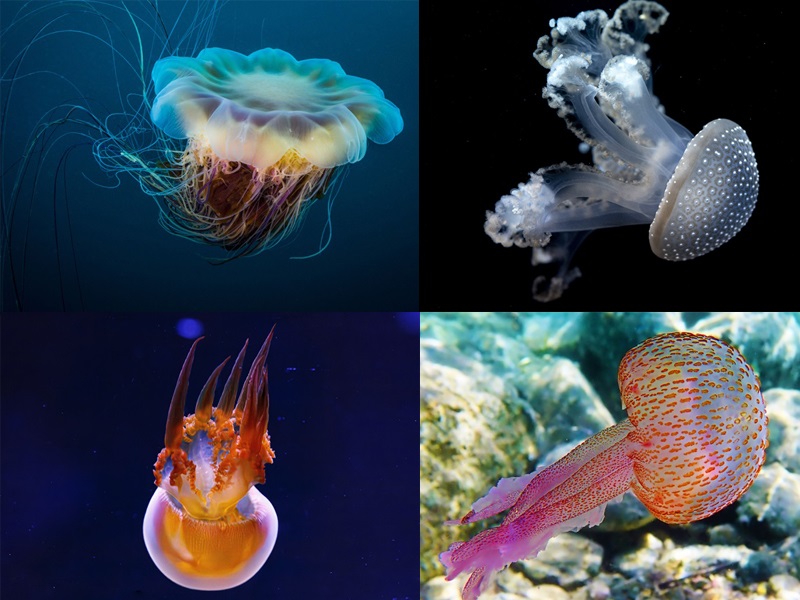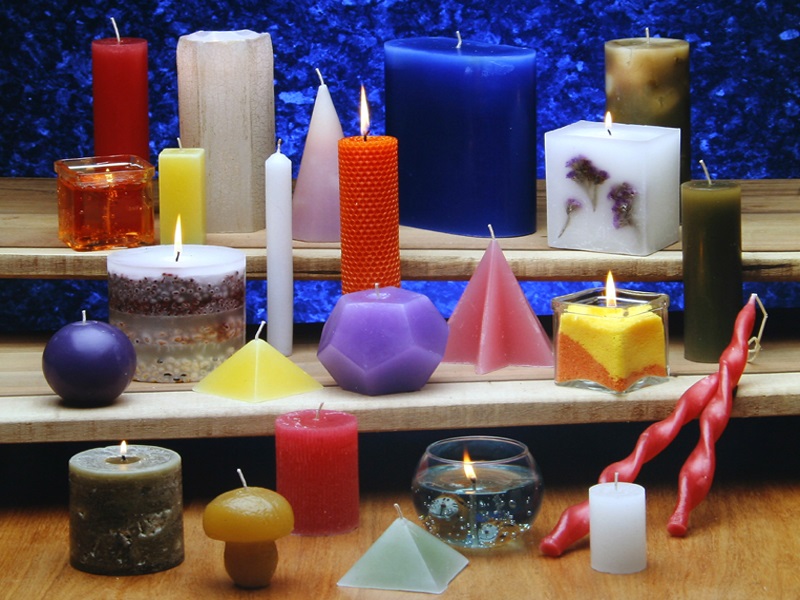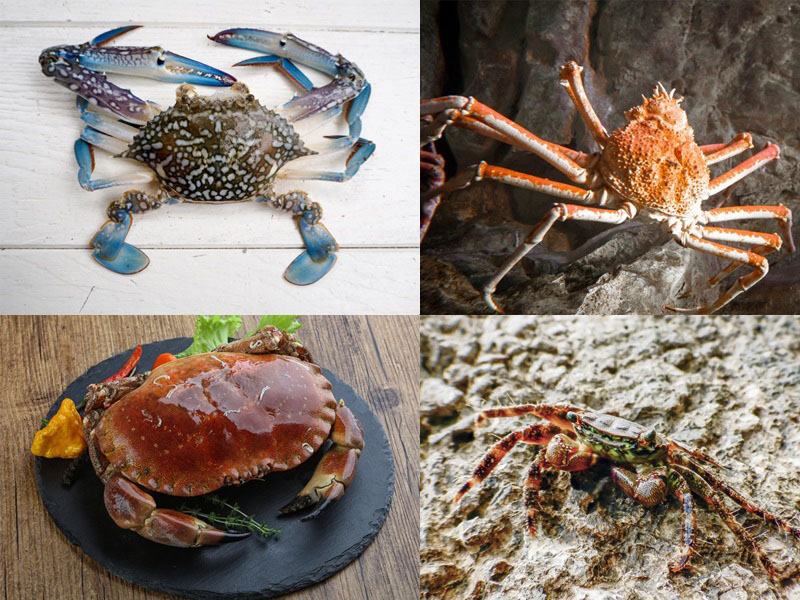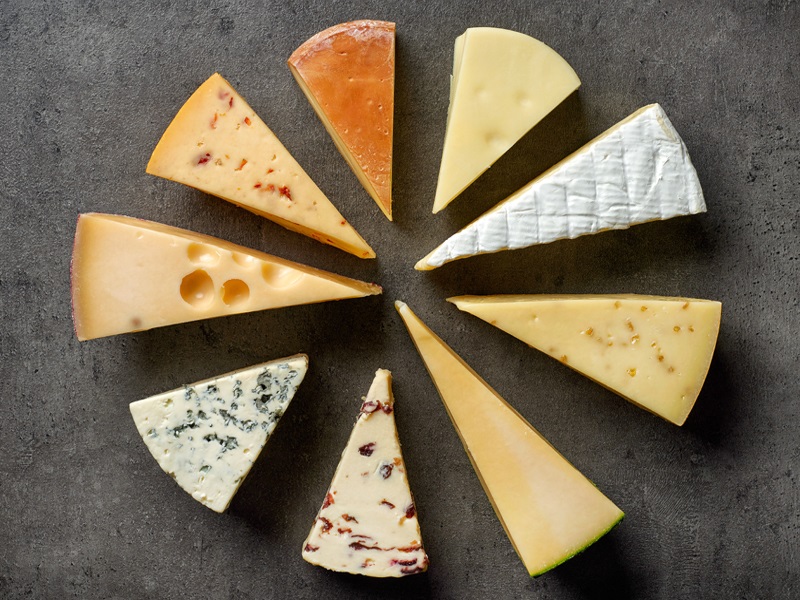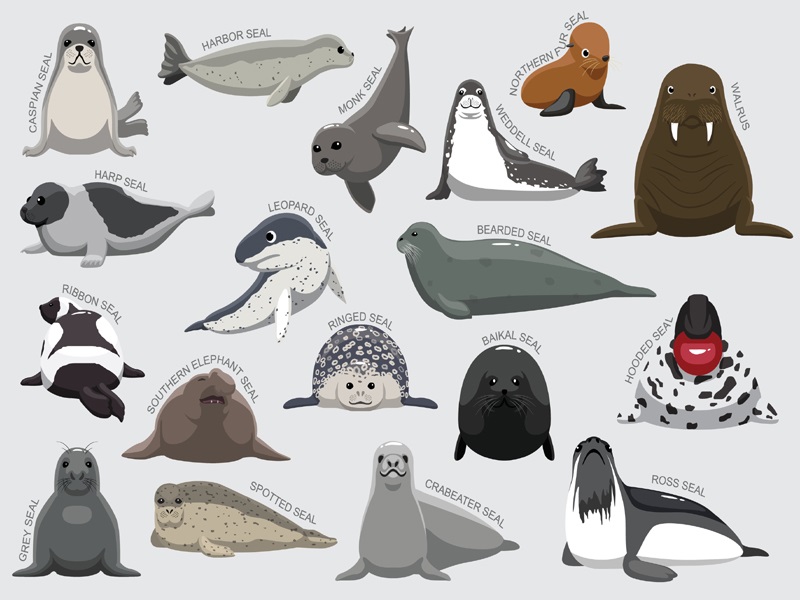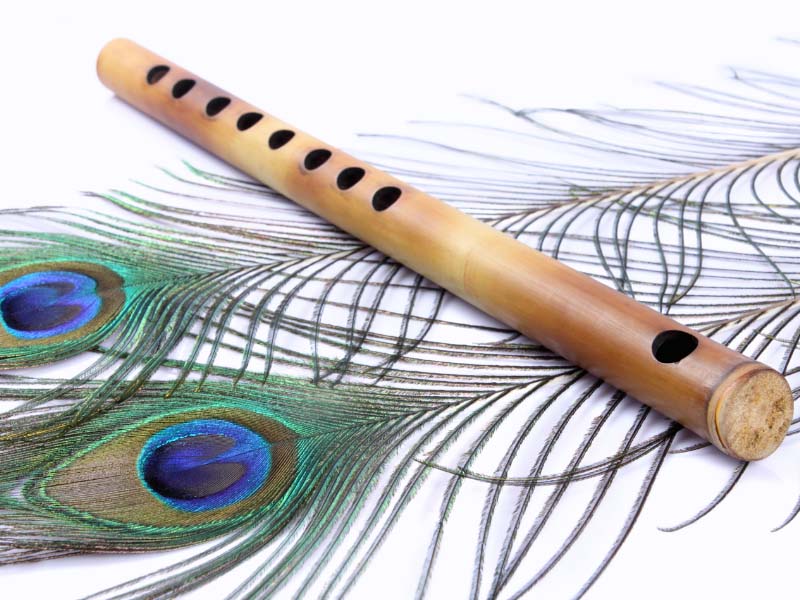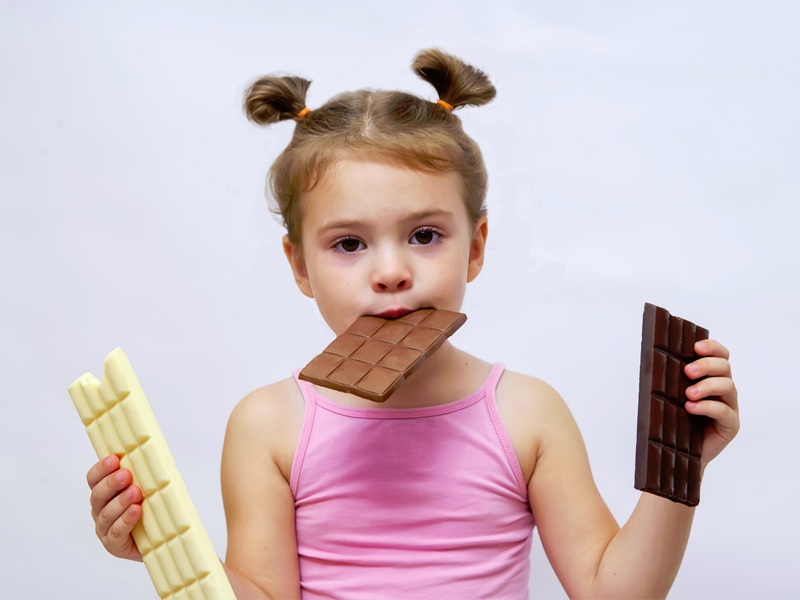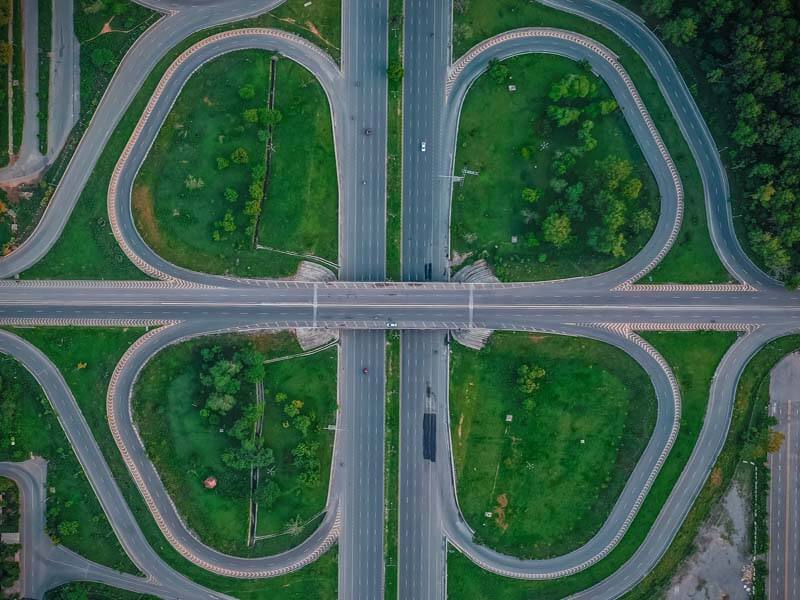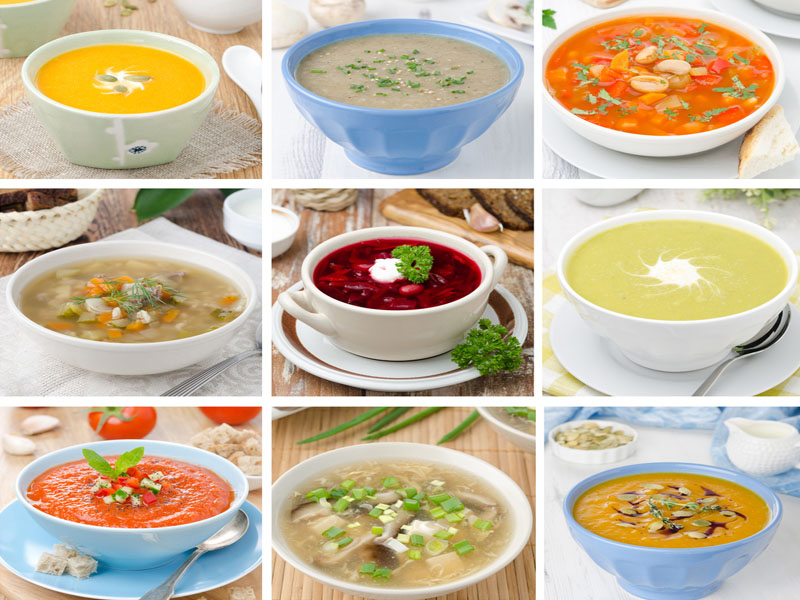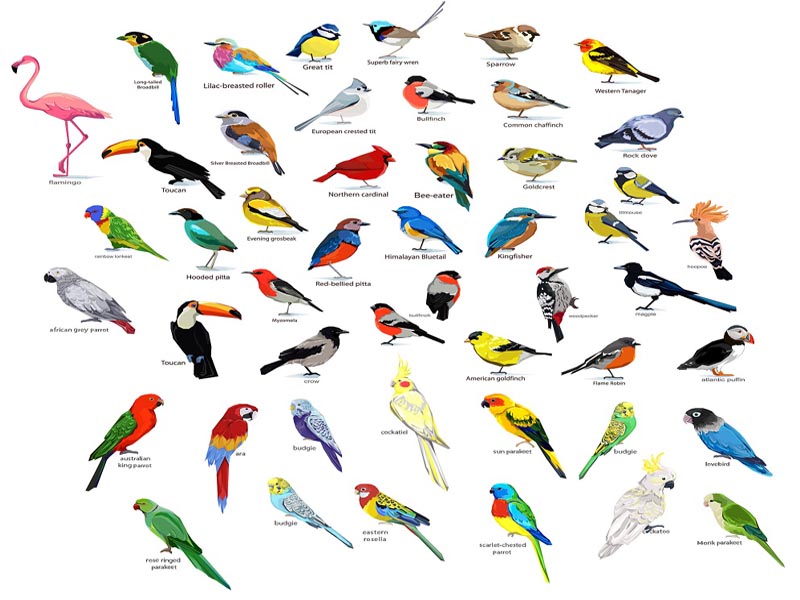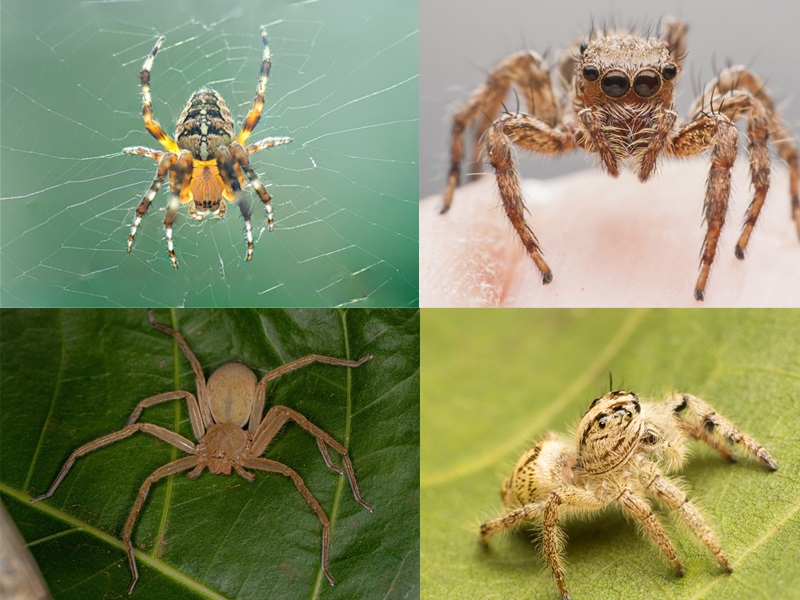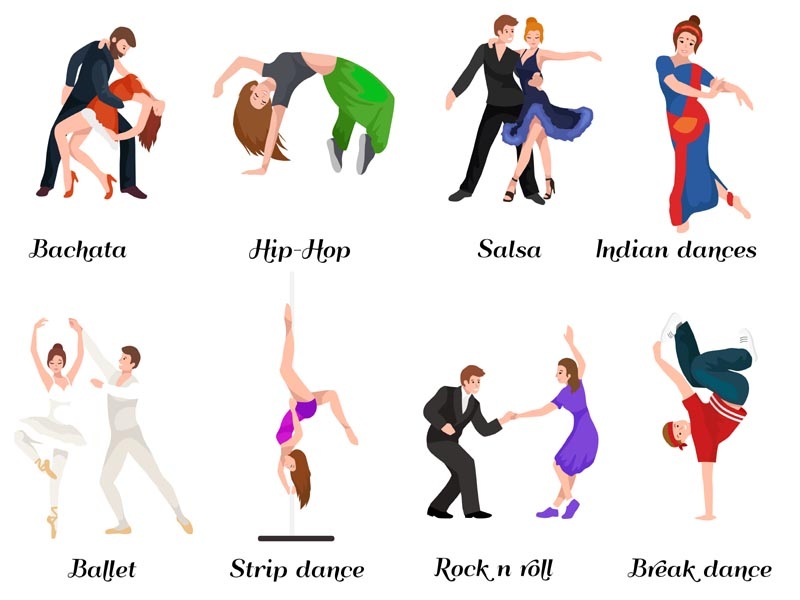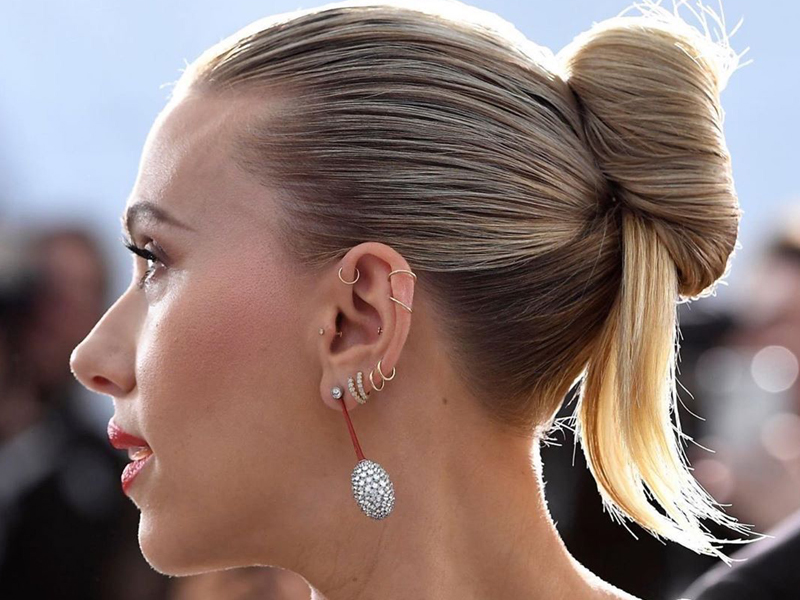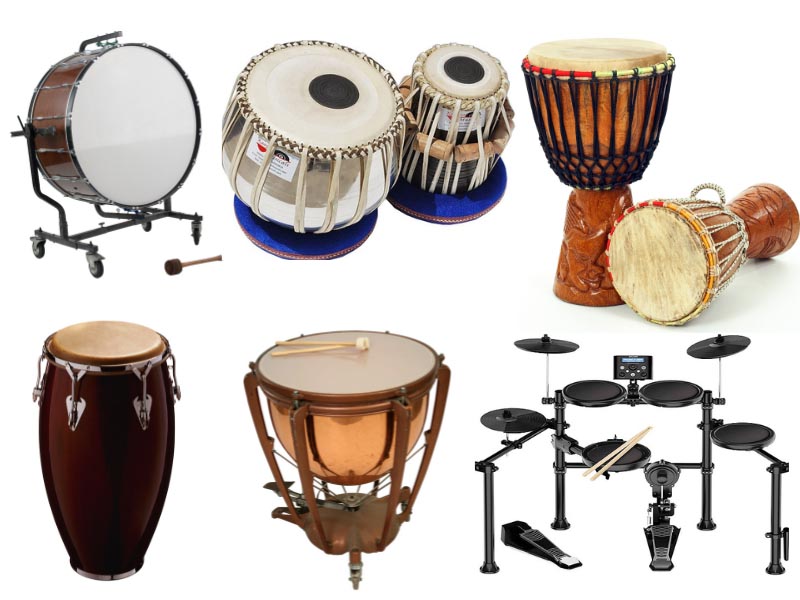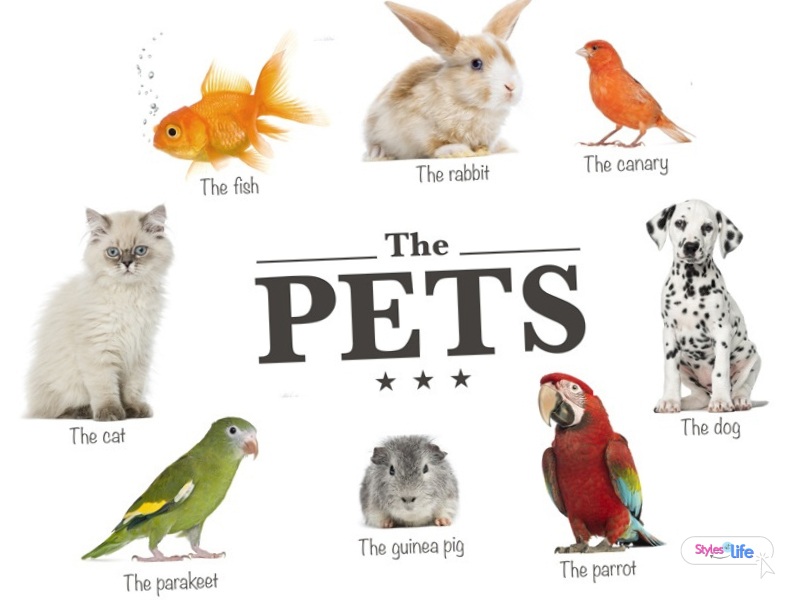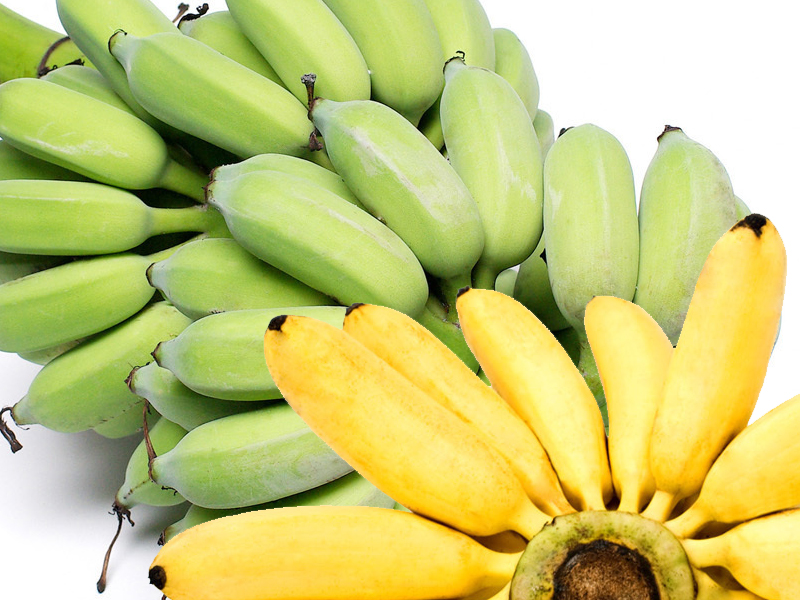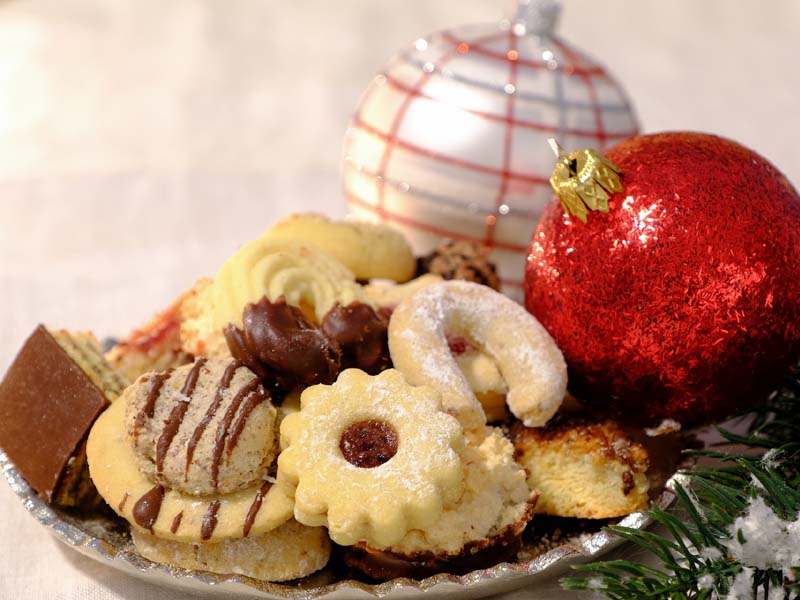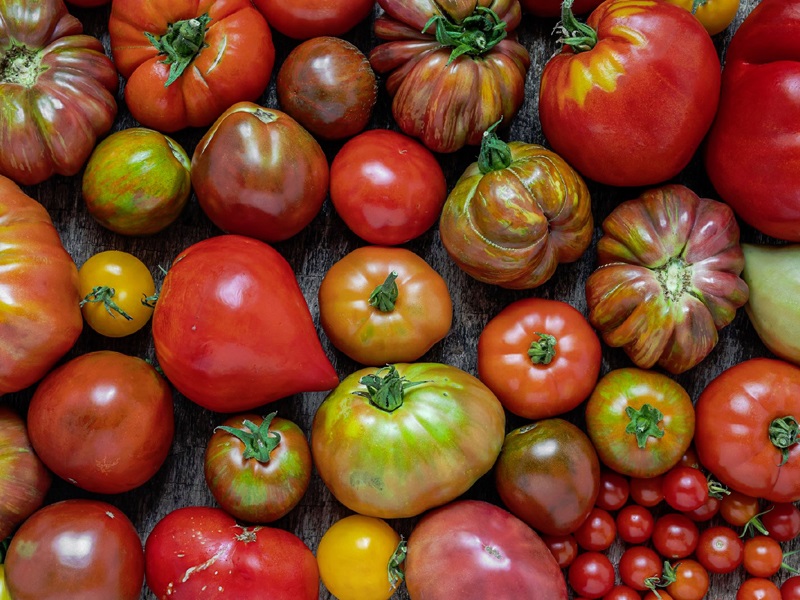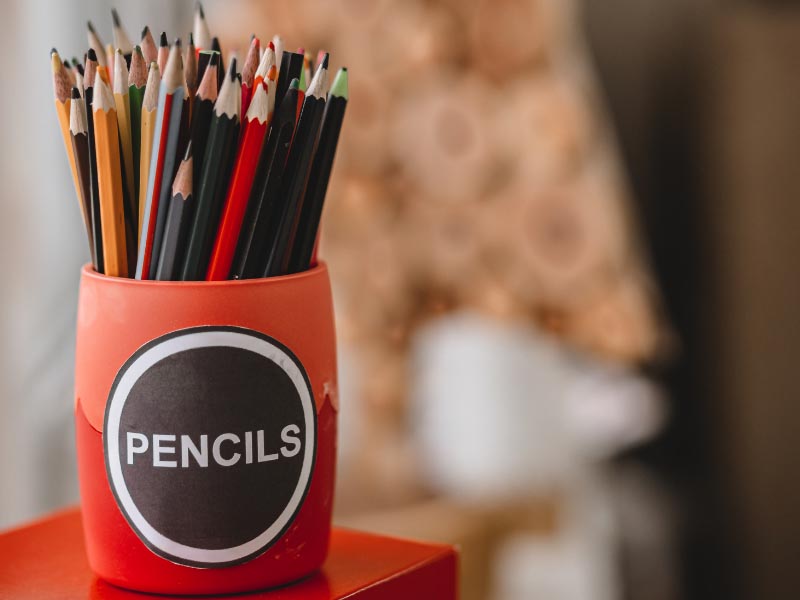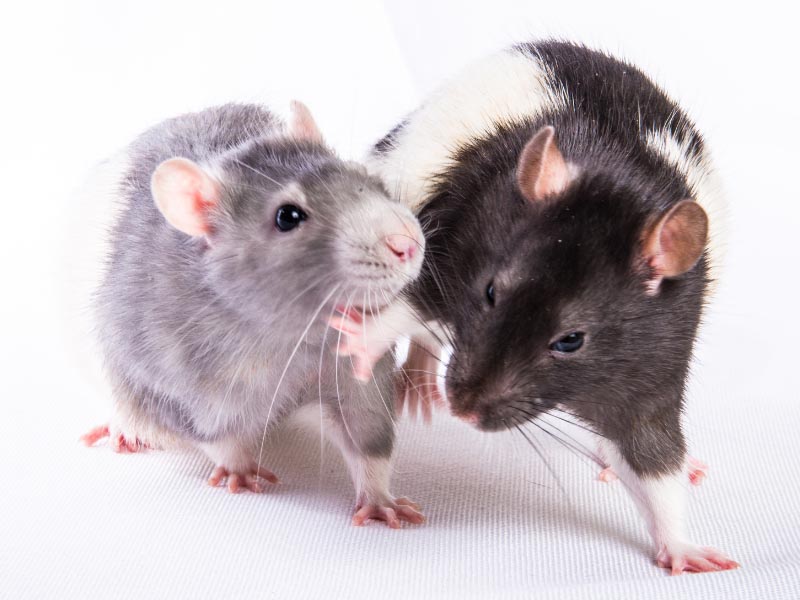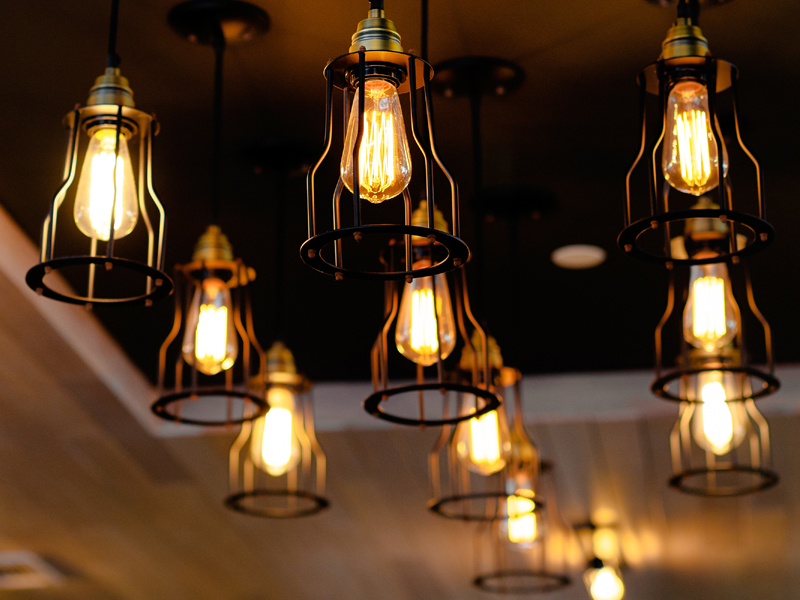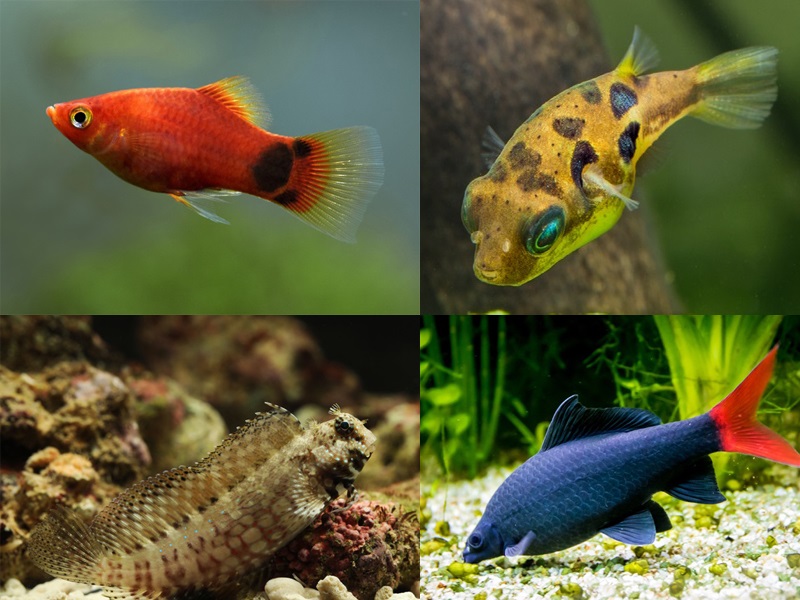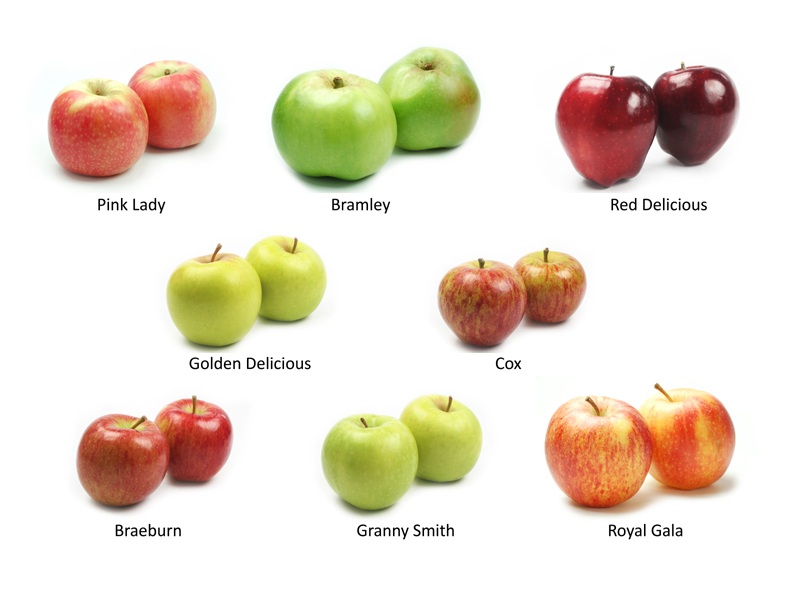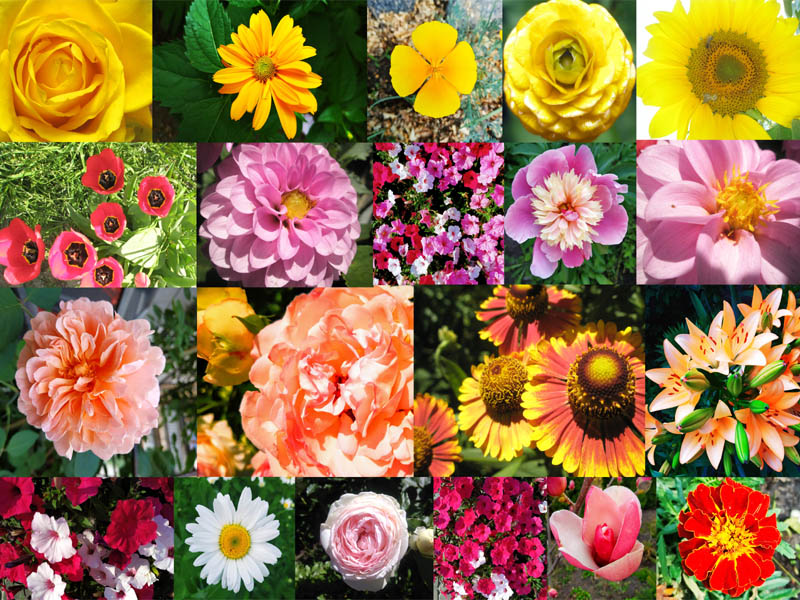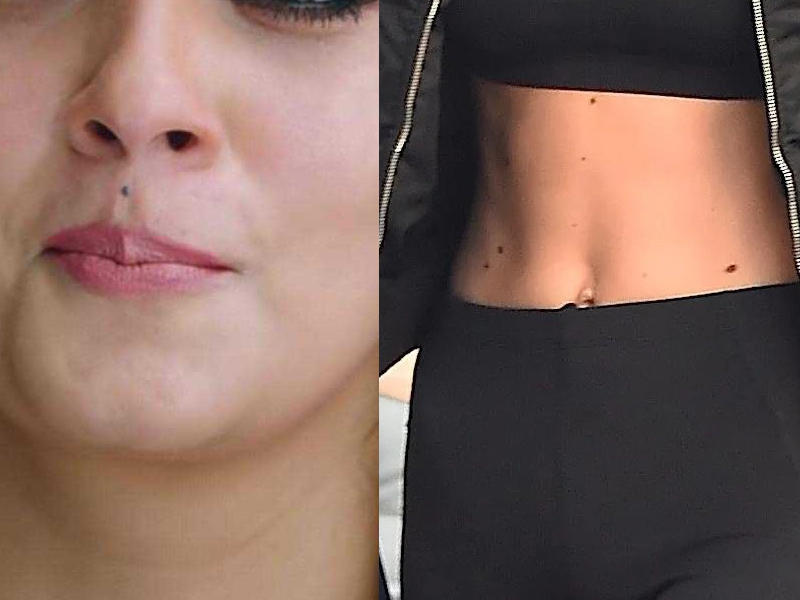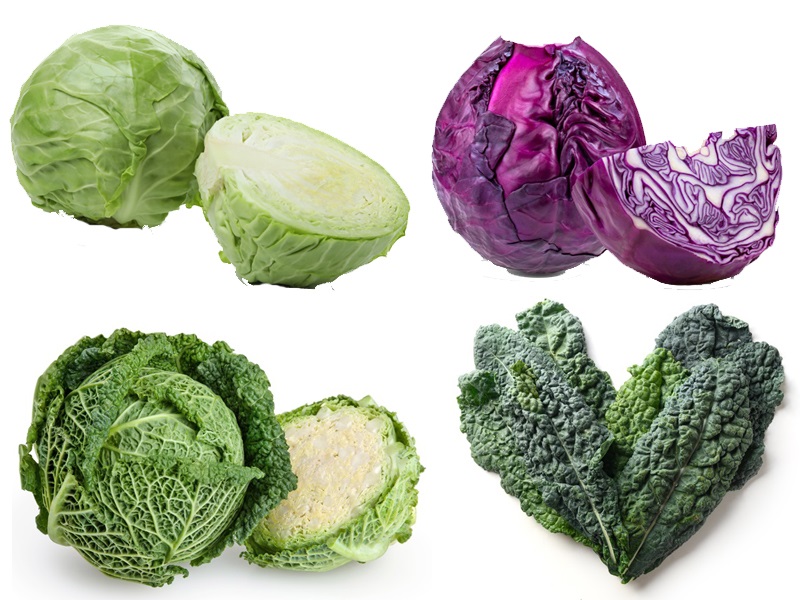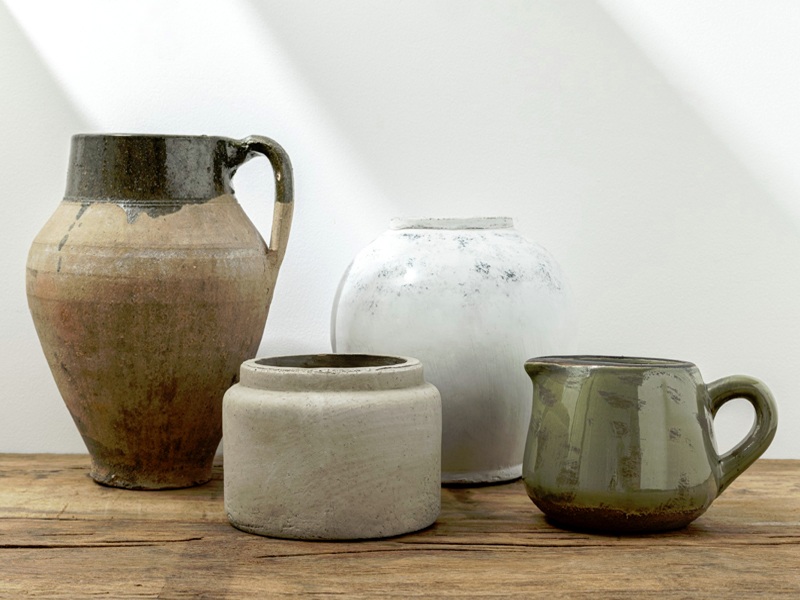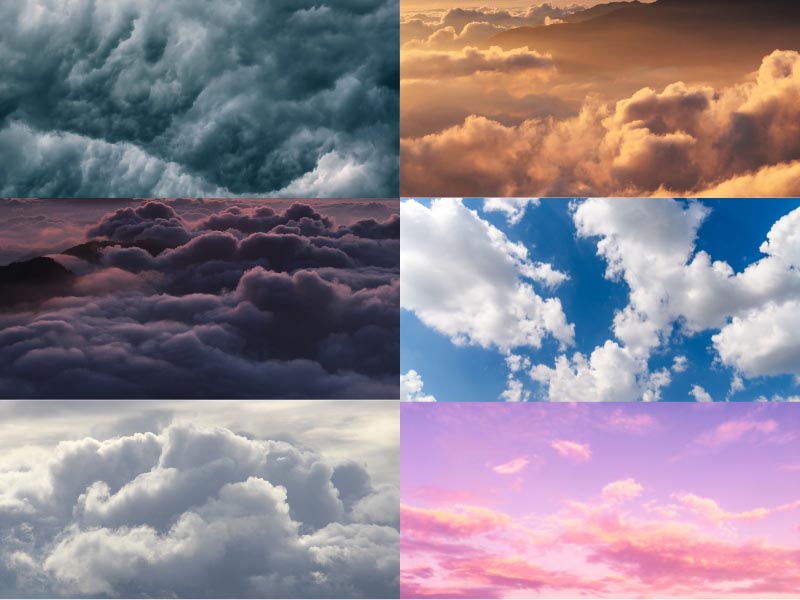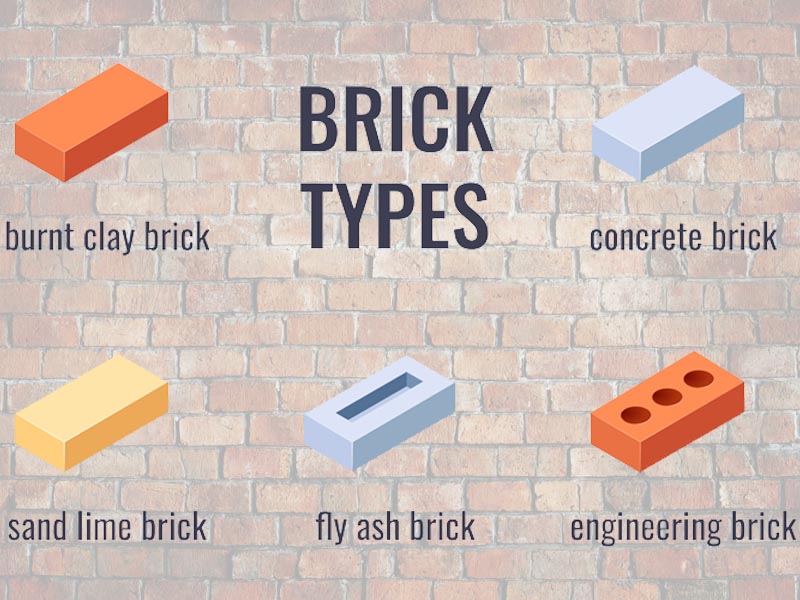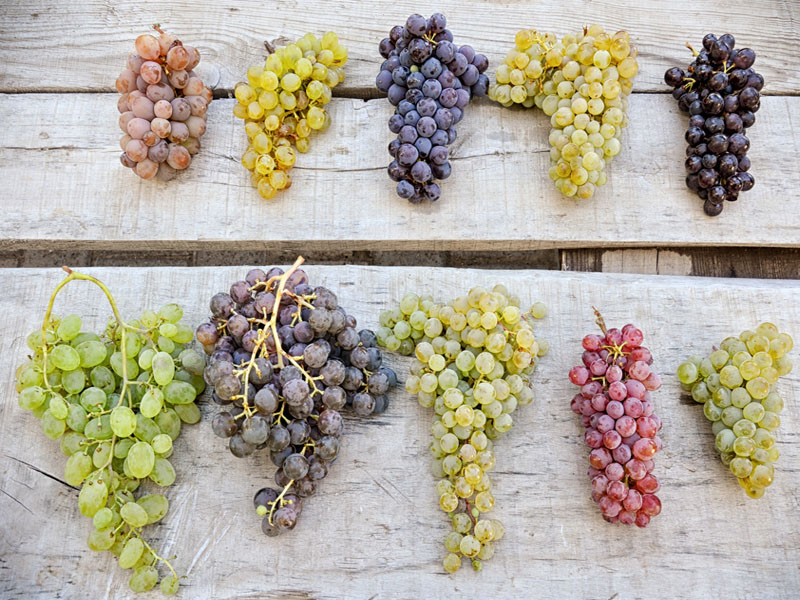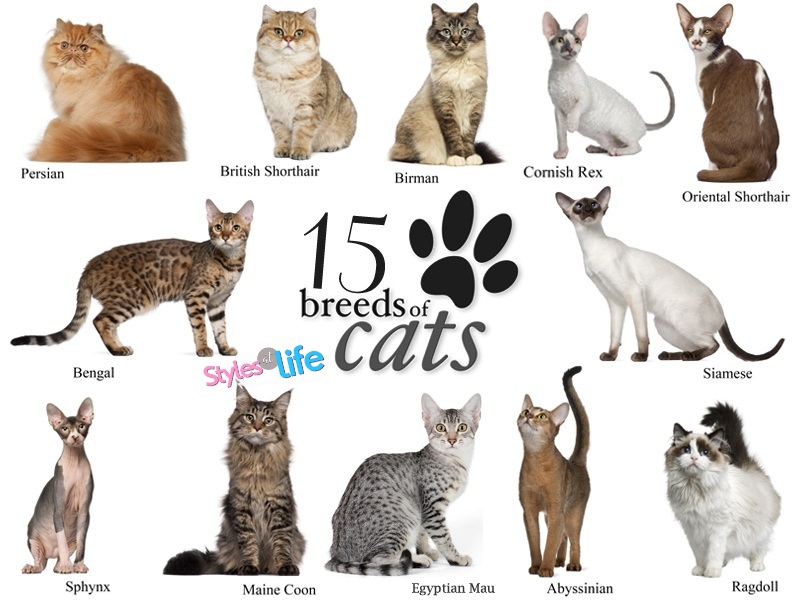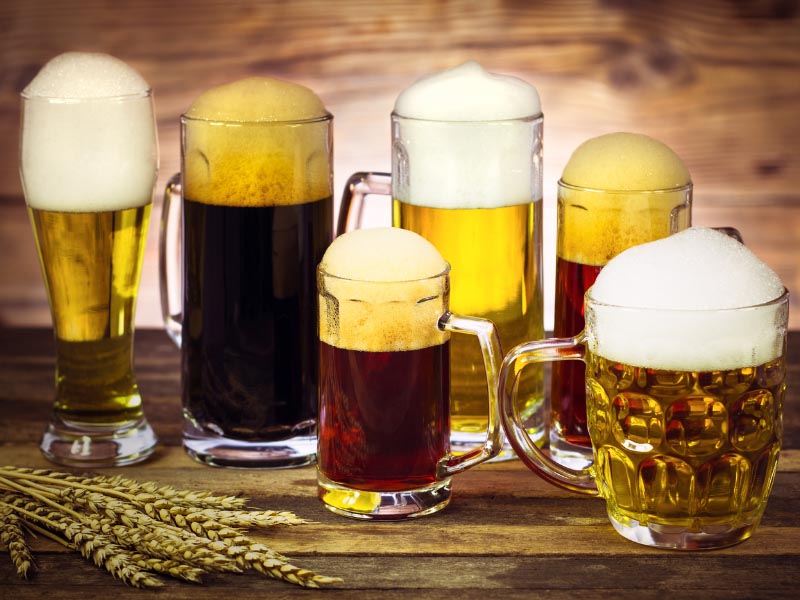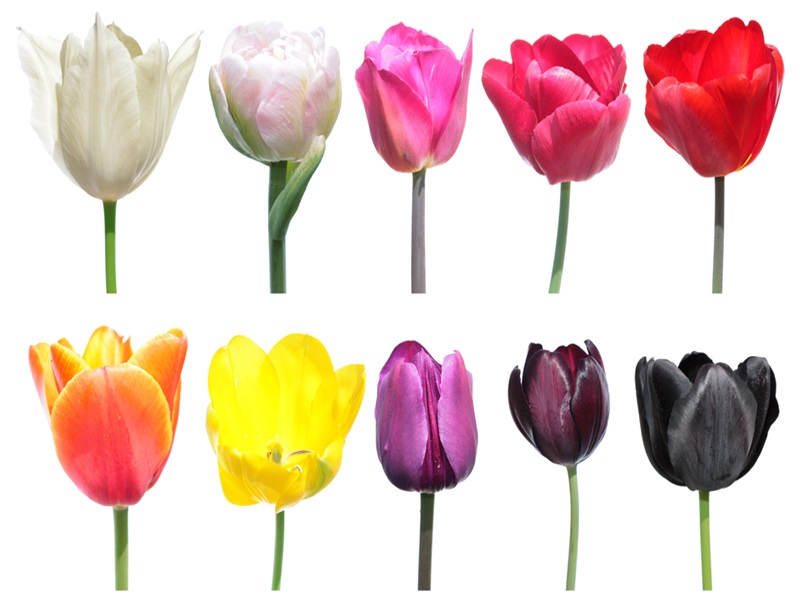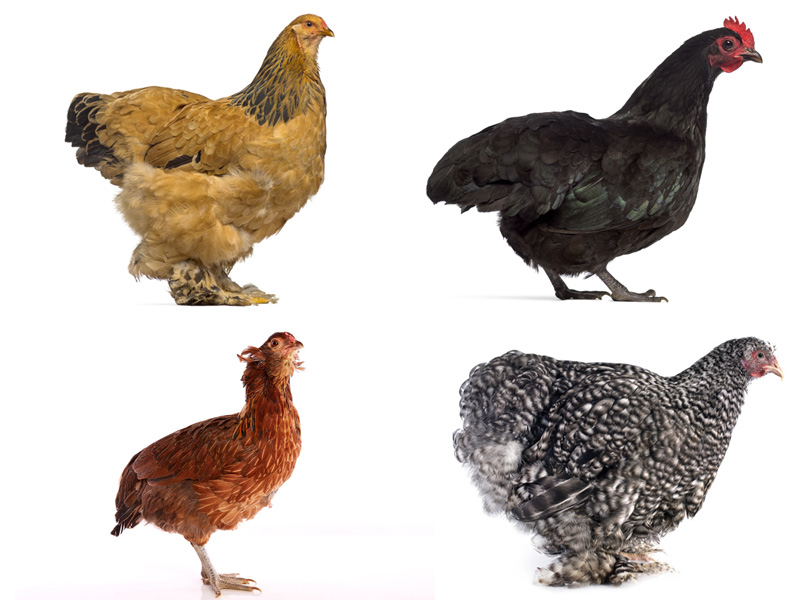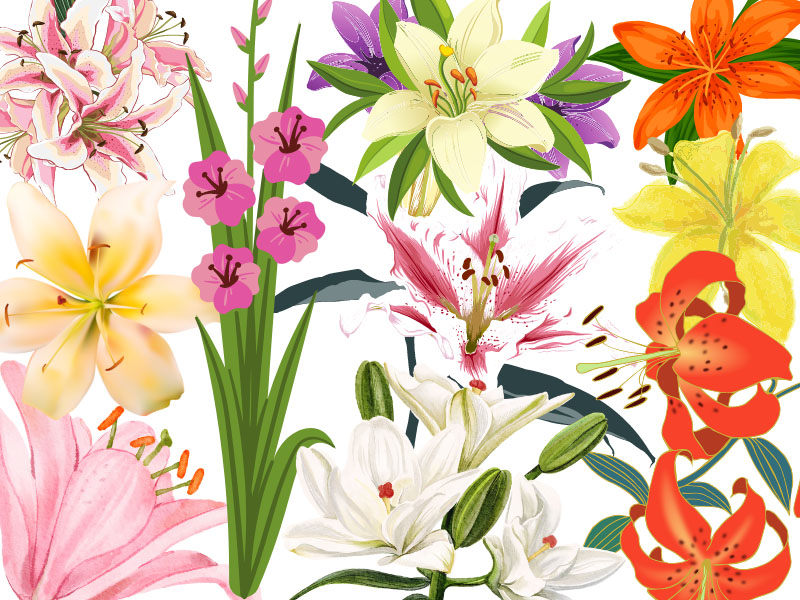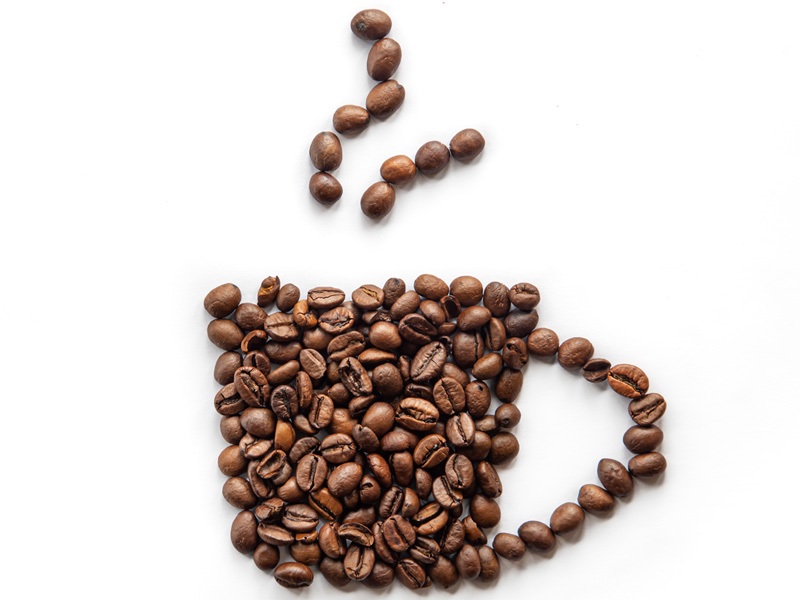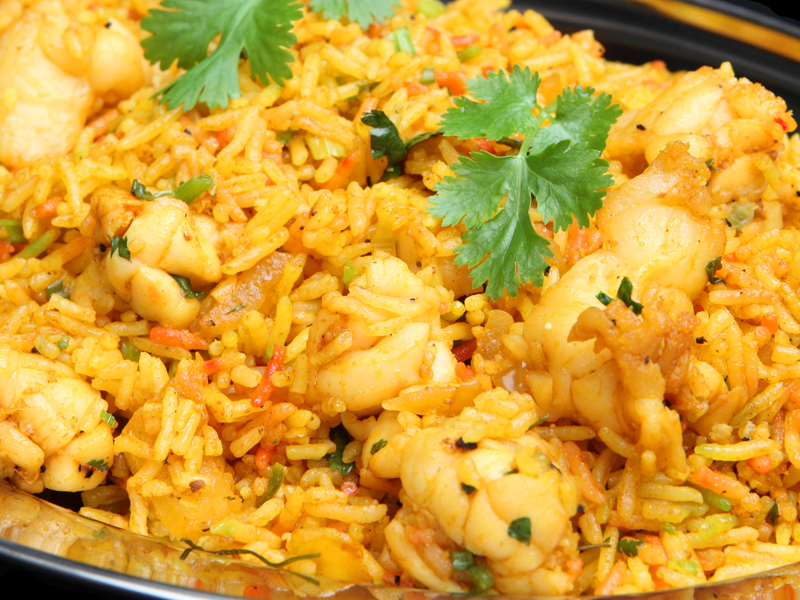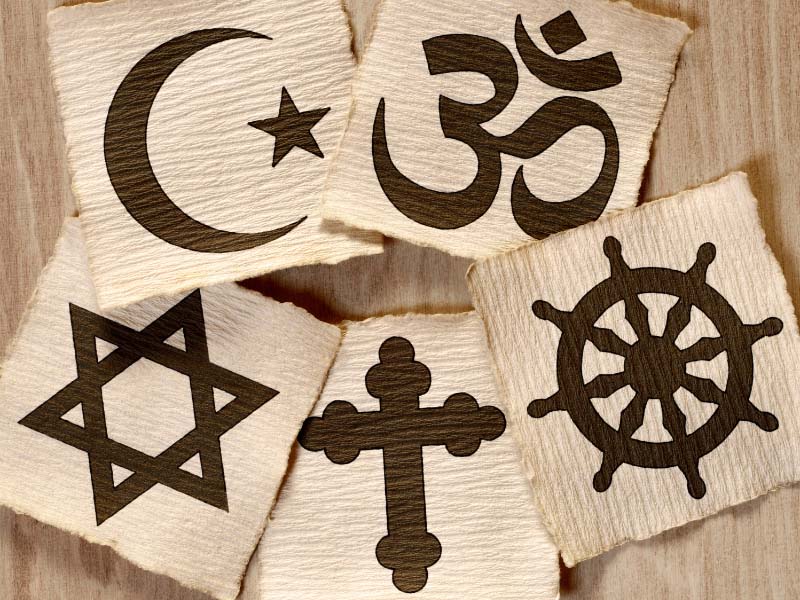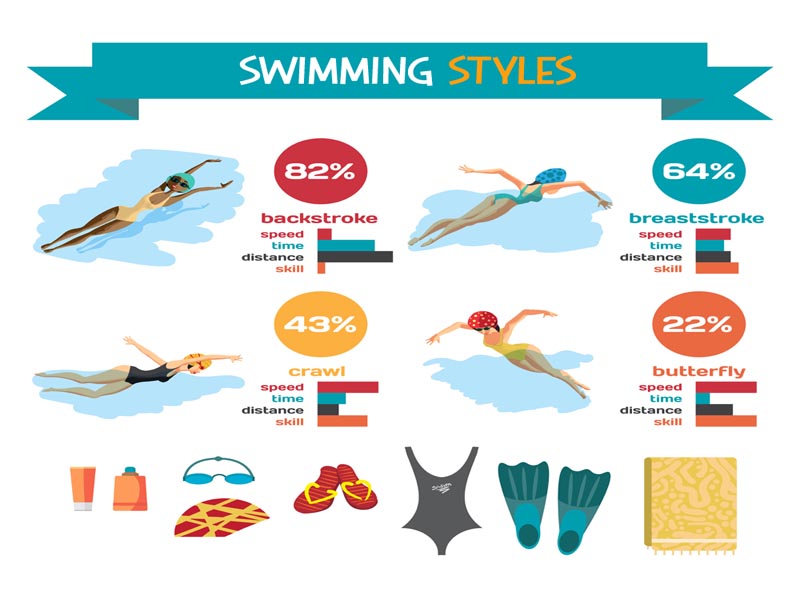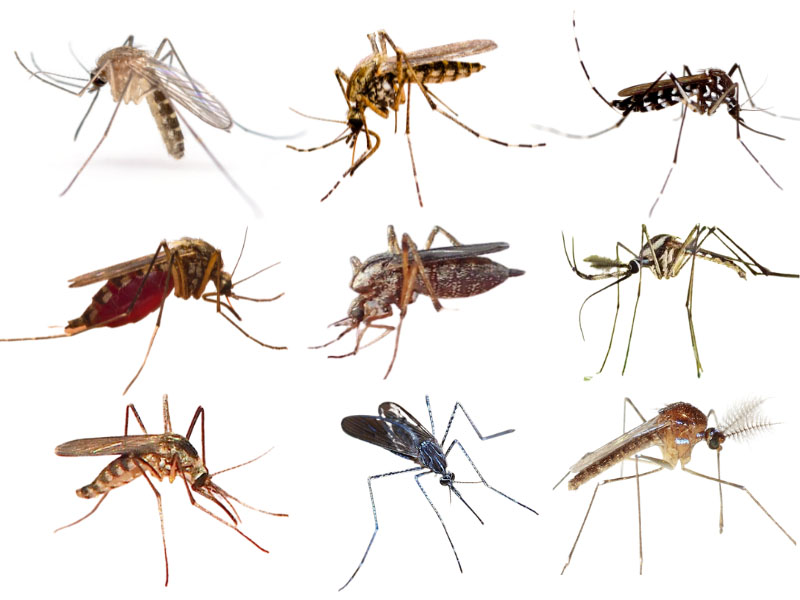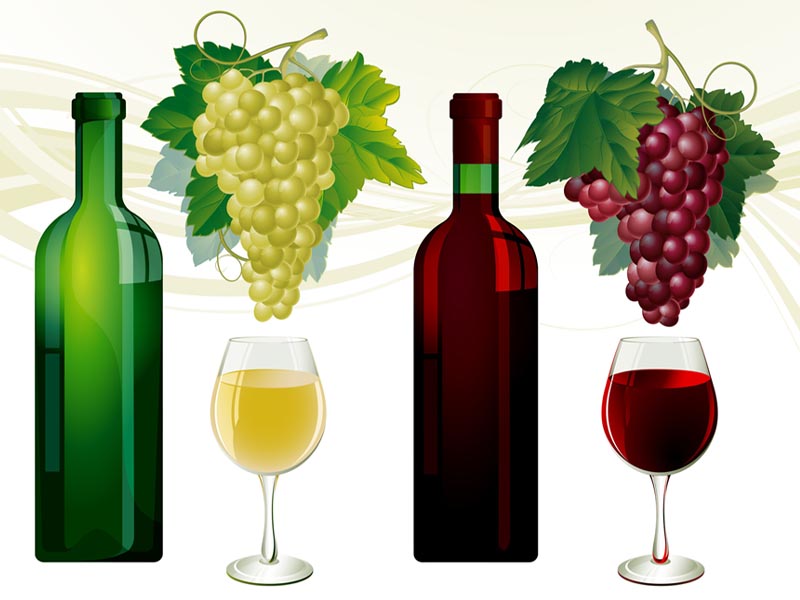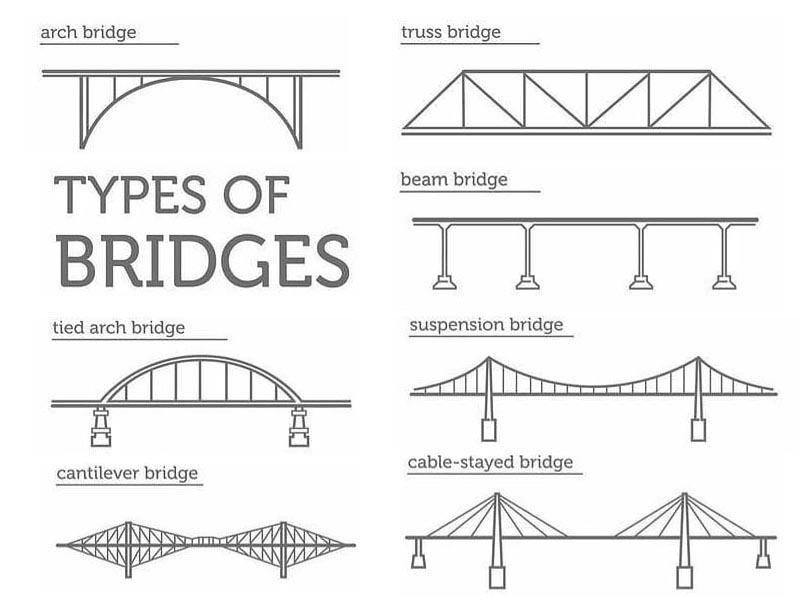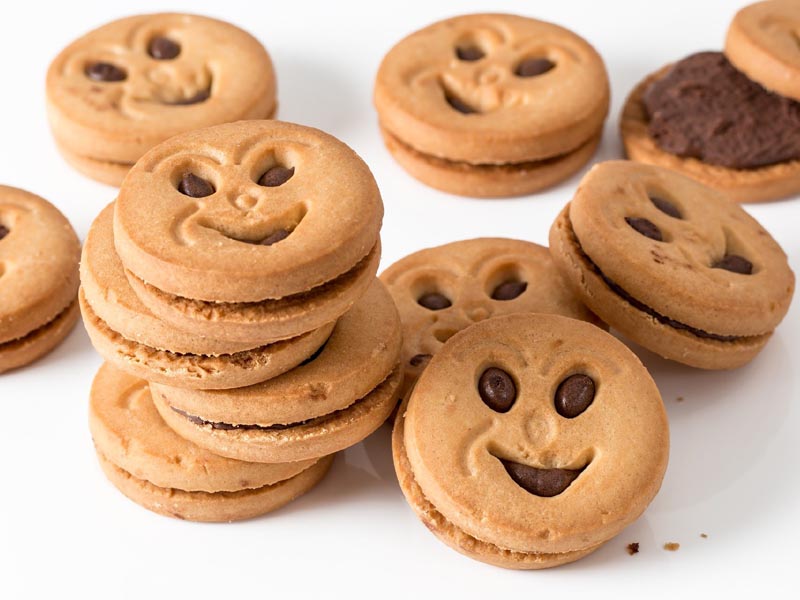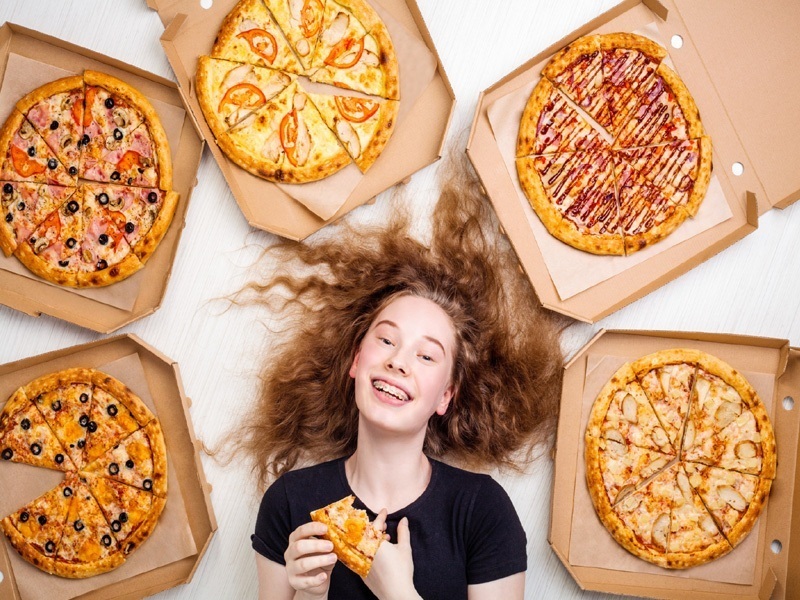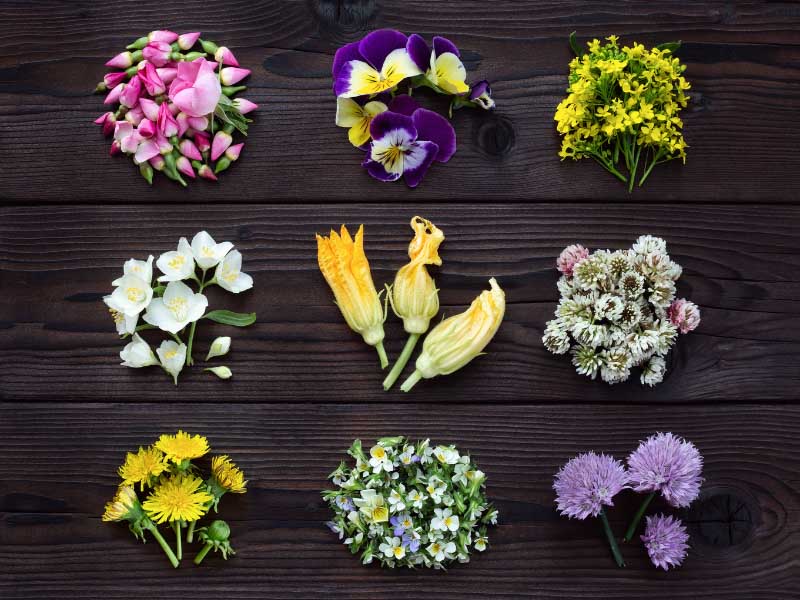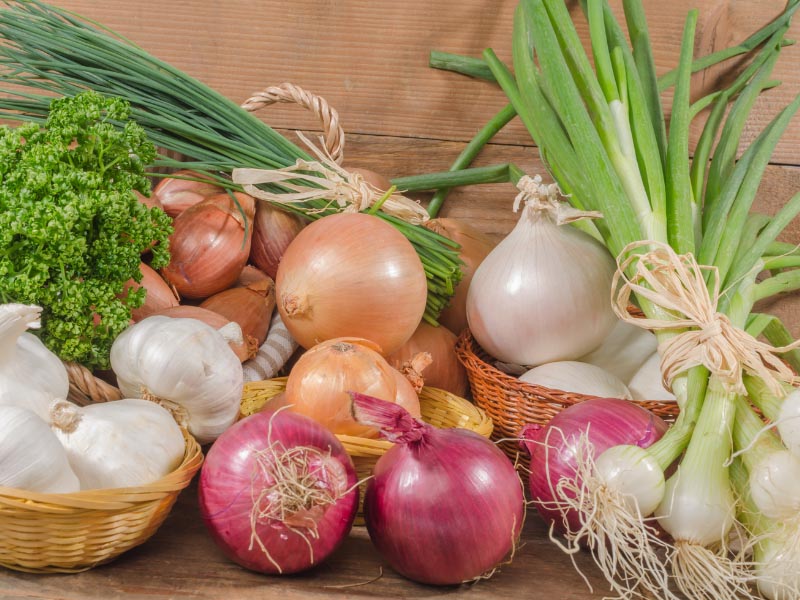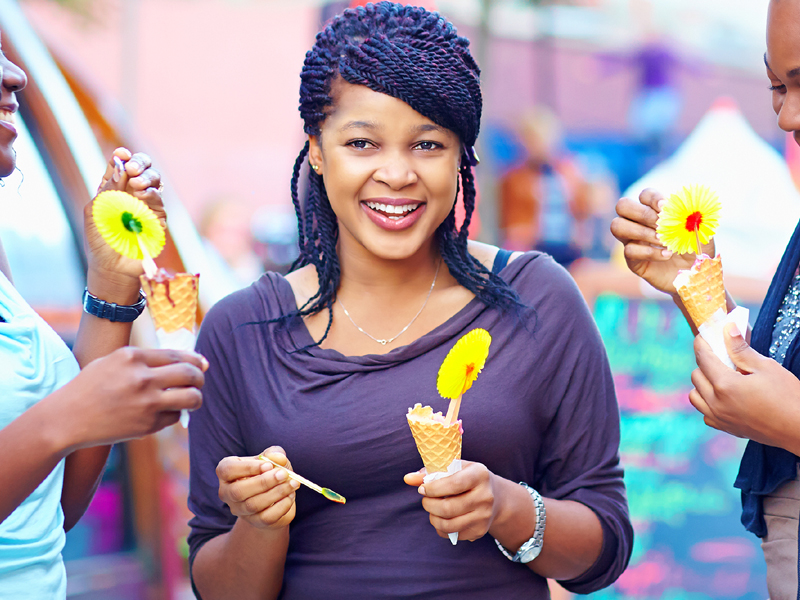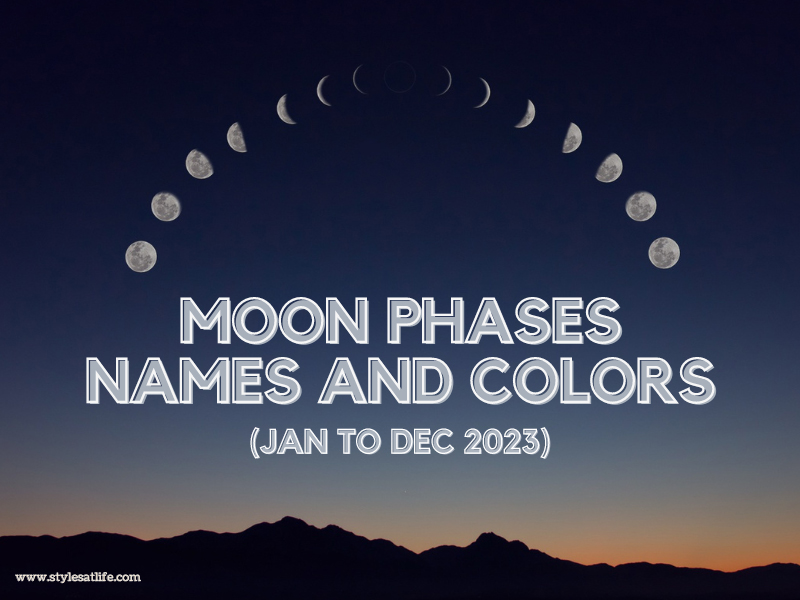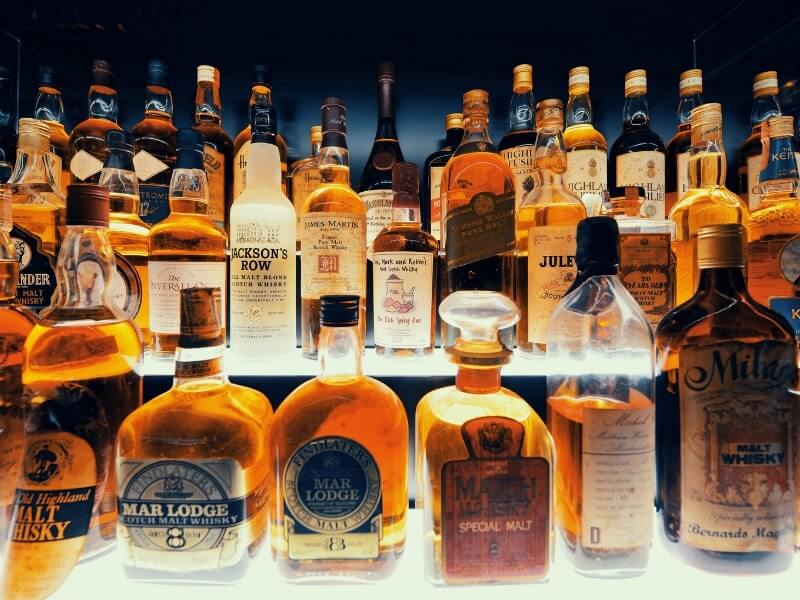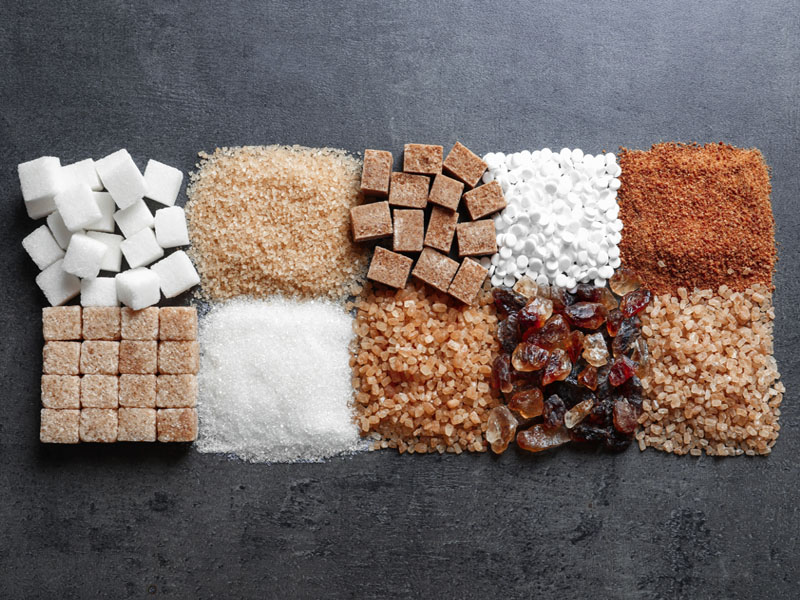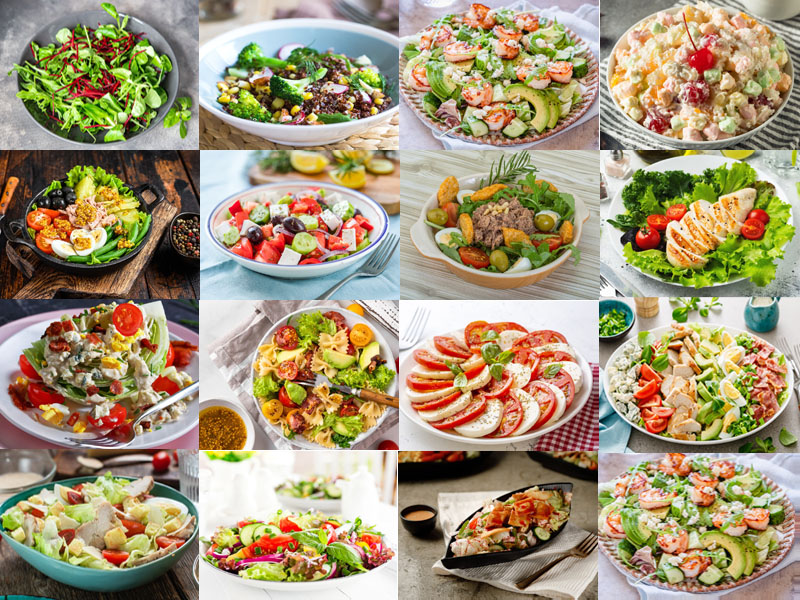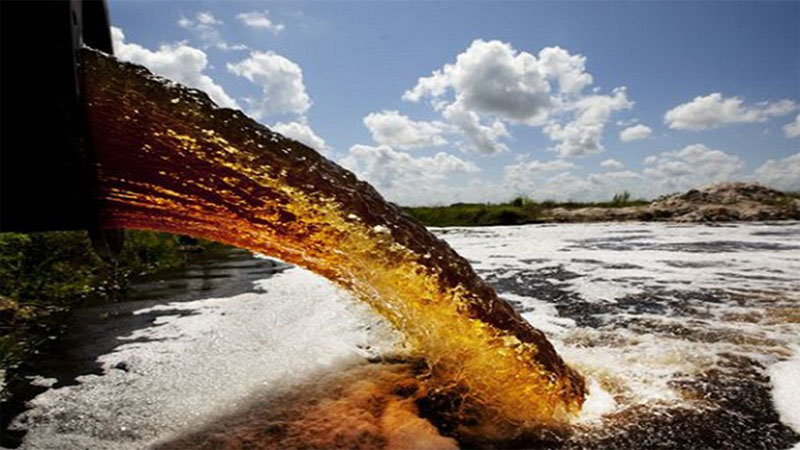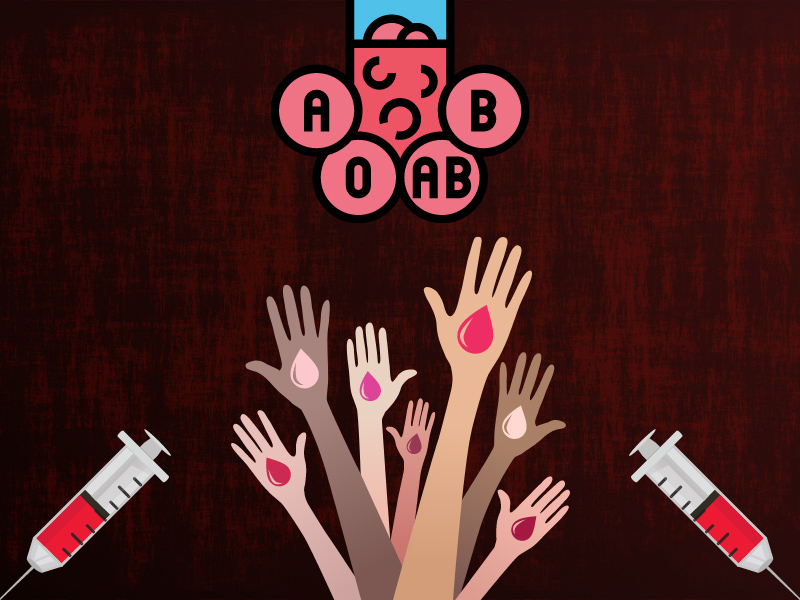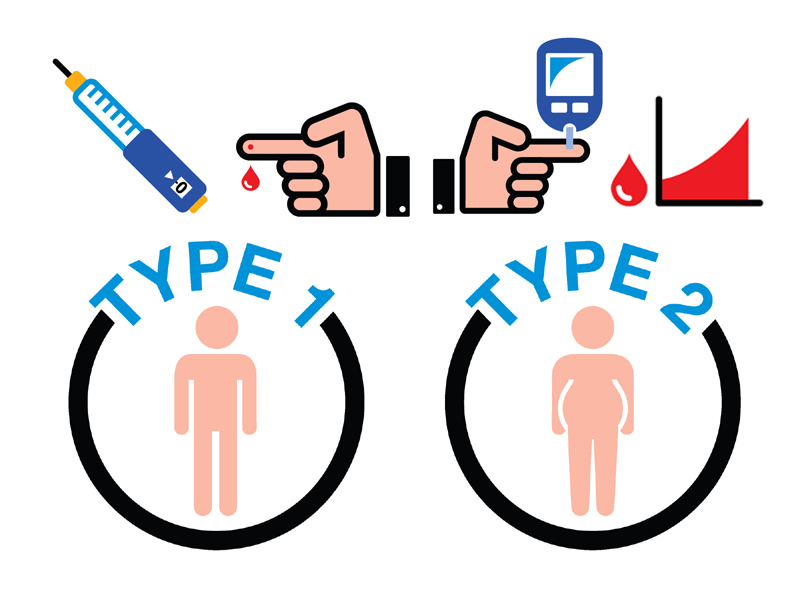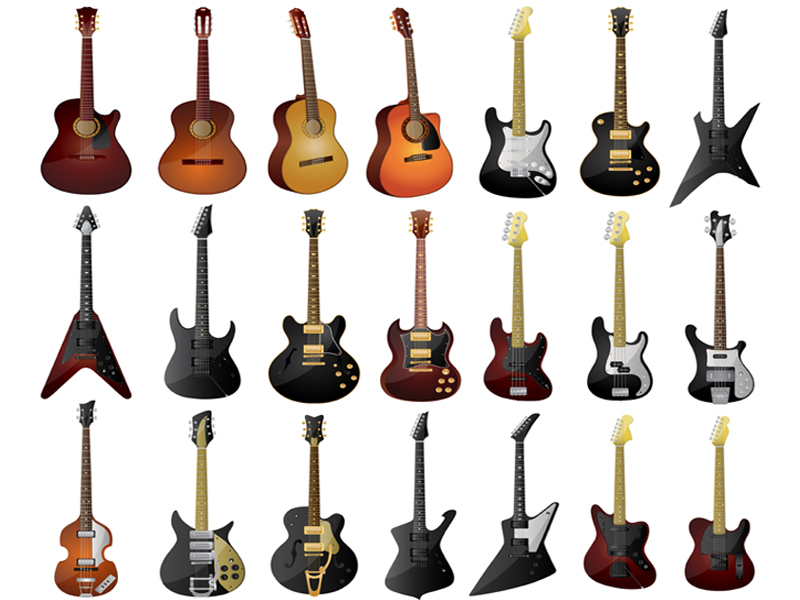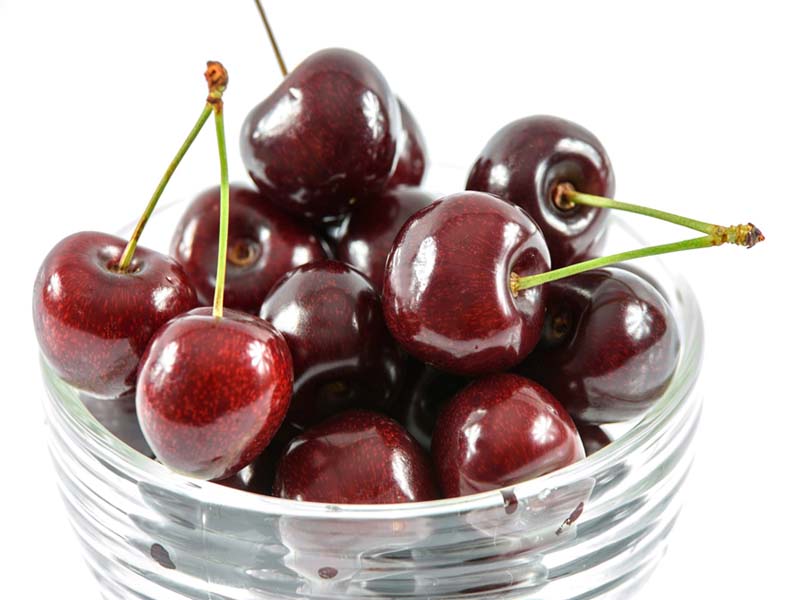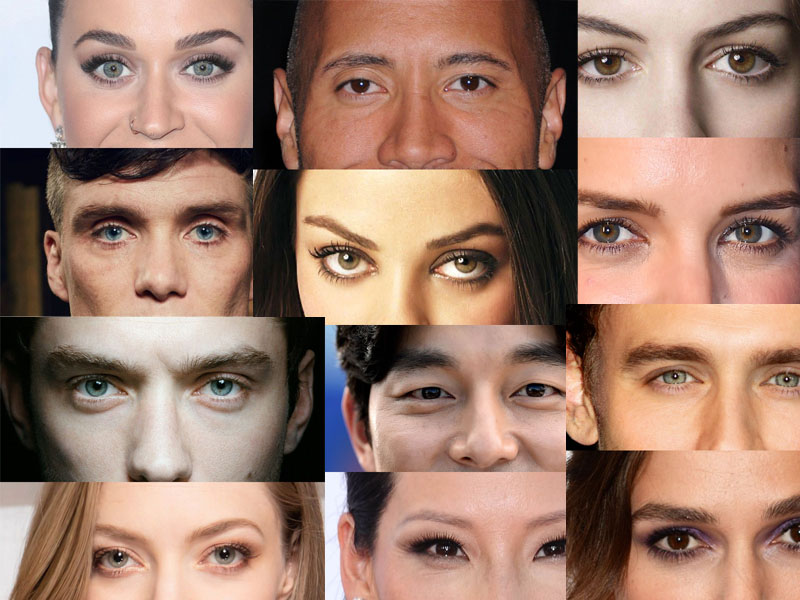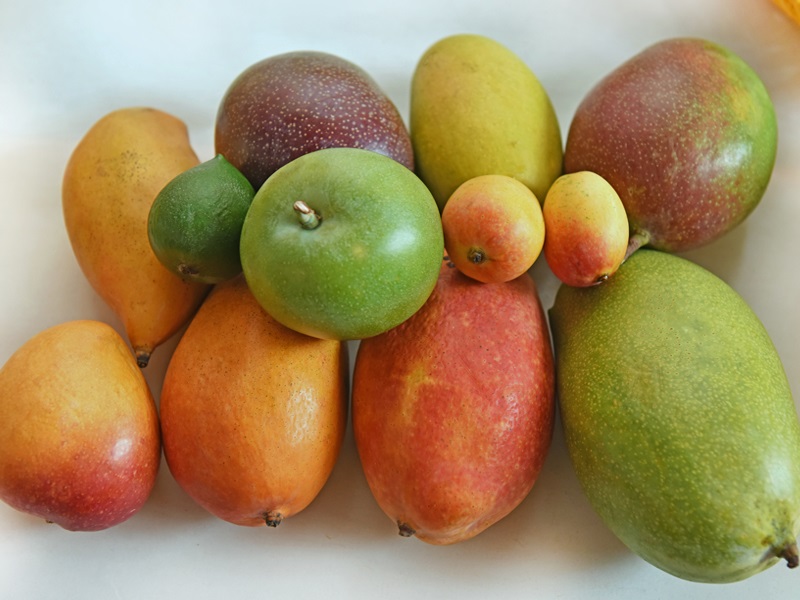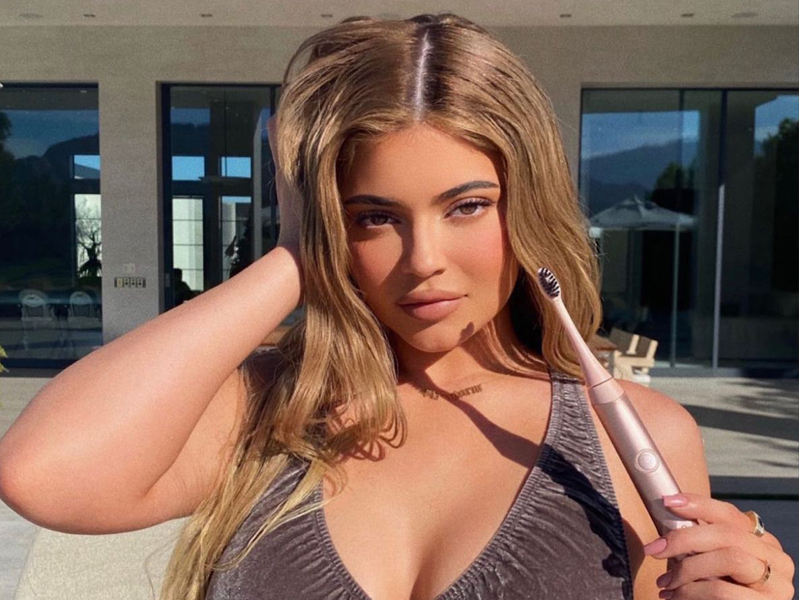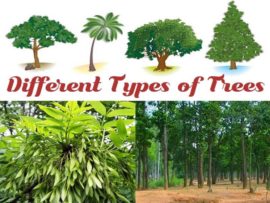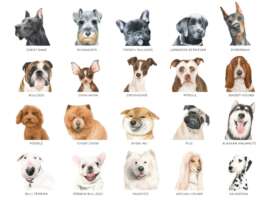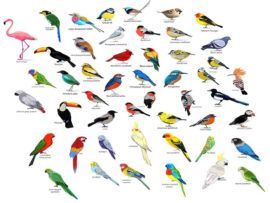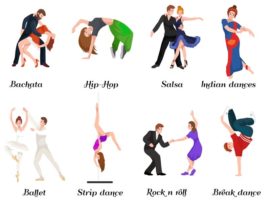Painting is the creative interpretation of thoughts, expression and various aspects or situations occurring in the surroundings. It is an application of different types of colours and paints on a solid base. Painting may be symbolistic or naturalistic. There is a dissimilarity in the two types of paintings. The base includes various materials like wood, glass, canvas, paper, walls, clay, leaf and others. The types of painting may be dependent on the colour or the paint used which is mainly dependent on the miscibility, drying time and the solubility of particular media. More than anything, it carries a cultural meaning and most reflect thoughts about the society and ideas of the mind.
What are the Different Types of Paintings are There:
Paintings have several types according to history. Here are some unique types of painting styles in the world.
1. Water Colour Painting:
In this painting method, paints are applied to the base with the help of water. The pigments of the paints are water-soluble. This is usually painted on paper but another base is also used for this media like wood, canvas, leather, etc. The strokes of colour are applied using different sizes of the brush. Watercolour painting has a long tradition and is popular for ages. It is also known as brush painting.
2. Oil Painting:
The oil paint used in oil painting has a drying oil which is used as a binder to the pigment. The drying oils used are walnut oil, poppy seed oil, linseed oil mainly and others. Though because of the oily part, it seems quite complicated and messy, but this painting has a shiny effect and is of smooth texture. This was mainly originated in India and China but got recognition after many centuries. Nowadays this seems to be very popular types of painting and artist usually prefer to choose this type of paints.
3. Ink Wash Painting:
This is a brush painting which consists of different densities of ink to provide the different shades in the paintings. China is the origin of this painting and it’s quite popular in East Asia. The vital feature of this style of wash painting is that it uses a brush in which the hairs are tapered to a fine point. The strokes are painted carefully as it cannot be changed afterwards. It takes a lot of effort and time to get this right and stunning.
Read: Types of Kisses By Kristoffer Nyrop
4. Acrylic Painting:
In this type of painting the paints used are quite impressive. The acrylic paints consist of pigments in acrylic polymer emulsion. The pigments of the paints are water-soluble; hence water is used while painting. But the surprising fact is that when the painting is complete, it turns out to be water-resistant. This water-resistant art is loved by most painters and dries faster. This drying time characteristic makes this paint different from watercolour and oil colour. This type of painting is the most colourful.
5. Pastel Colour Painting:
Pastel colours are generally available in the sticks. This is the simple way of colouring and kids usually start colouring using pastel colours. Pastel sticks can be immediately used for colouring and drawing. In spite of its simple way of colouring, it may be difficult to shade and blend with different colours. The pastel painting can be done on paper and also on canvas. Pastel painting remains as usual without any change for years.
6. Glass Painting:
Glass paintings are done on a glass base with pigments of colour. The other paints don’t get bind with the glass. So the paints used in glass painting are especially for glass so that those colour pigments can easily bind with glass. A black liner is used to outline the borders of the images drawn. The viscous colours are applied within the marked boundary. Glass painting is an artistic expression and is a craft work. This type of painting can be done on any wall hanging or any other showpieces or any glass flower vase or even in a lampshade too. They look attractive and shine through.
7. Fresco:
This word ‘fresco’ comes from an Italian word which is obtained from a Latin word. This type of painting style is done on the ceiling, on the walls. The technique of fresco consists of mixing the paints with water and applied on a thin layer of wet plaster. The painting requires a binding medium to get attached to the wall properly. This was specially done during the Renaissance; hence it’s done from ages. This is a popular kind of painting on ancient monuments.
Read: MF Hussain Paintings
8. Encaustic Painting:
The Encaustic painting is well known for hot wax painting in which generally beeswax is heated with coloured pigments. This liquid mixture is then applied on the surface of wood or other materials. This modern type of painting is quite difficult to paint and requires maximum effort.
9. Gouache:
Gouache is an opaque painting method. The water-based pigments are used in which the particle sizes are larger than the water-coloured ones. The colours are beautifully pitched against each other to add extra beauty to the art. This type of painting is rare and often looks realistic.
10. Spray Painting:
In spray painting, aerosol paint comes out from the pressurized container by controlling it with a valve. The portion of the surface where a particular colour is needed to be applied is kept open, while the other portions are covered. This is done so that the colour does not spread to other portions of the painting.
Read: Different Types of Creative Craft Ideas
11. Tempera Painting:
Egg yolk is basically used as the water-based binder with the coloured pigments to form this type of painting. Tempera was famous for ages until the invention of oil painting. This is a unique form of painting and is relatively rarely practised.
12. Digital Painting:
This painting is digitalized creative artworks which are done in computers to give a same effect as that of oil painting, acrylic or watercolours. This digital painting can be easily done with rectification to give a perfect look. This system-based painting does not need to worry about the drying time. Digital painting is the modern kind of painting is very common and brings life to the art. The concepts of art mainly differ from person to person, based on their thoughts.
13. Sand Painting:
In sand painting, the works done are not permanent. Videos capture the temporary works done very quickly with hand stroke only on a fixed surface. The type of painting is very recent among the others in which controlling speed is needed to give importance. Sand painting requires a lot of patience and can be taxing to do.
14. Miniature Painting:
Miniature painting mainly focuses on the painting engraved on sculptures done simply in smaller sizes. It is one of the traditional paintings that can be easily held in hand.
Read: Dance Types
15. Collage Painting:
This is an assembled creative artwork having a visual effect. Collage work can be done with pieces of coloured or handmade papers, ribbons, applying paints, magazines, etc. the themes are varied and mostly is a cheap mode of art.
16. Kalamkari Painting:
Kalamkari means, Kalam – pen &kari – work, i.e., an artwork done using a simple pen. Vegetable dyes from them are extracted to colour the designs applied on cloth. This type of painting style using organic dyes on cloth was popular in several parts of India, but this style of Kalamkari flourished at Kalahasti, in India. The whole process of designing involves 17 steps.
17. Warli Painting:
Warli painting is a type of painting style that is tribal art. It is created by the Adivasis from the North Sahyadri range in India. This painting is done on an austre mud base, using only colour, usually white with occasional dots in red and yellow. The white colour is obtained from grinding rice to the white powder.
18. Pahad Painting:
Phad painting or also known as the Phad is a type of painting style that is folk inspired and is mainly practised in Rajasthan. It is done on a long piece of cloth or a canvas that is known as a phad. The folk deities of Rajasthan, such as the Pabuji and Devnarayan are depicted on this canvas. They are also used as mobile temples of the folk deities.
19. Madhubani Painting:
Madhubani art or also known as Mithila art is practised in the Mithila region of India and Nepal. This type of painting is done using the fingers, brushes or even twigs of the trees. They use natural dyes for the colour and sometimes even matchsticks are used to draw. There are also ritual content for occasions like marriage, birth or festivals. Madhubani painting was originally created by the women.
20. Gond Paintings:
The Gond painting belongs to the Gond, an indigenous community in the Indian state of Madhya Pradesh. It is a form of folk and tribal art that is practised by this largest tribe in India. Their everyday quests are brilliantly depicted in their art, that has been happening for 1400 years. The Pradhan Gonds are renowned for their artistic skill. They have used painting as a medium to record their history.
21. Patachitra Paintings:
This kind of painting style is a cloth-based painting style, from the eastern Indian state of Odisha. Their paintings are based on mythology and inspired by the Gods Jagannath and Vaishnava sect. The colours used are natural. These paintings depict the stories of Hindu deities and are a popular type of painting.
22. Picchwai Painting:
These paintings originated in Deccan, India, and with the villages of Aurangabad and Nathdwara in the state of Rajasthan. They are big sized paintings and usually done on cotton cloth, with the help of natural colours. They are high in demand, especially foreigners. The painters of this painting are usually skilled and take a high effort in getting them right. These paintings are now the major export of the Nathdwara.
23. Mughal Paintings:
Mughal paintings are a very particular style of South Asian painting that emerged from Persian miniature. It has high doses of influence from the Hindu, Jain and Buddhism, and mainly developed in the court of the Mughal empire in the 16th and 18th centuries. The painting started as a blend of Persian and Indian ideas. The paintings gained popularity quickly, and the animals and plants in them were realistically depicted.
24. Cave Paintings:
The cave paintings are also known as the ‘parietal art’. They can be usually seen on cave walls, ceilings of prehistoric origin and dates back to 40,000 years ago in Eurasia. The cave paintings are not often clear and what seems clear is they have tried to convey some information. Due to their antiquity, much of their paintings cannot be deciphered properly.
Expensive Types of Paintings that Sell the Most:
Take a look at some of the most expensive Indian works of art that have been sold.
1. The Untitled:
Gaitonde painted an untitled painting in 2015 and was bought by an anynymous buyer for $4,415,008 in December 2015. This kind of painting was an oil canvas was one of India’s best abstract painters and is the most expensive Indian artwork to be sold since 1965, according to Artery India, an art market intelligence firm.
2. Birth: Francis Newton Souza
This oil on board, painted by Souza in 1955, was sold for a $4 million at a Christie’s, New York, auction in 2015. Birth is considered one of the most important paintings of the Goa-born artist’s career and was featured in his first solo show at Gallery One in London. The art centres around the concept of birth. This painting was sold at a Christie’s auction in 2008 for $2.5 million, which was then a record price for a work of modern Indian art.
3. Saurashtra: Syed Haider Raza
The auction of this acrylic on canvas by Christie’s, South Kensington, in 2010 was record-breaking back then. It was costly because Raza himself considered this to be one of the 10 most important works of his life. Saurashtra, the art was painted in 1983 after Raza had already explored Ecole de Paris and Abstract Expressionism, and had begun to include elements of his Indian heritage into his art.
4. Radha in the Moonlight: Raja Ravi Varma
This was yet another oil on canvas that was originally in the collection of Shungrasoobyer Avergal, the dewan of Travancore. This particular Radha is one of the most beautiful of Ravi Varma‘s uttama nayikas, who is a high-minded woman of many virtues and qualities that define goddesses in classical Indian literature. Varma subsequently painted other canvases of Radha in varying moods and emotions.
5. Untitled: Tyeb Mehta
‘Figure on Rickshaw’ was painted by Mehta, who was inspired by the rickshaw pullers who he saw as a kid in his summer holidays in Kolkata. This oil on canvas was sold for $3,240,077, by Christie’s, South Kensington in 2011.
The article is an insight into the many prides of India, one of which is the paintings. Paintings have always been a medium of expression of thoughts, ideas and concepts. They have enabled the different sections of the society to exactly convey what they feel, either about the society or about the world in general. Some of them look realistic and have often left the audience stunned for the originality, while yet others are abstract and needs deep interpretation to arrive at their meaning.


